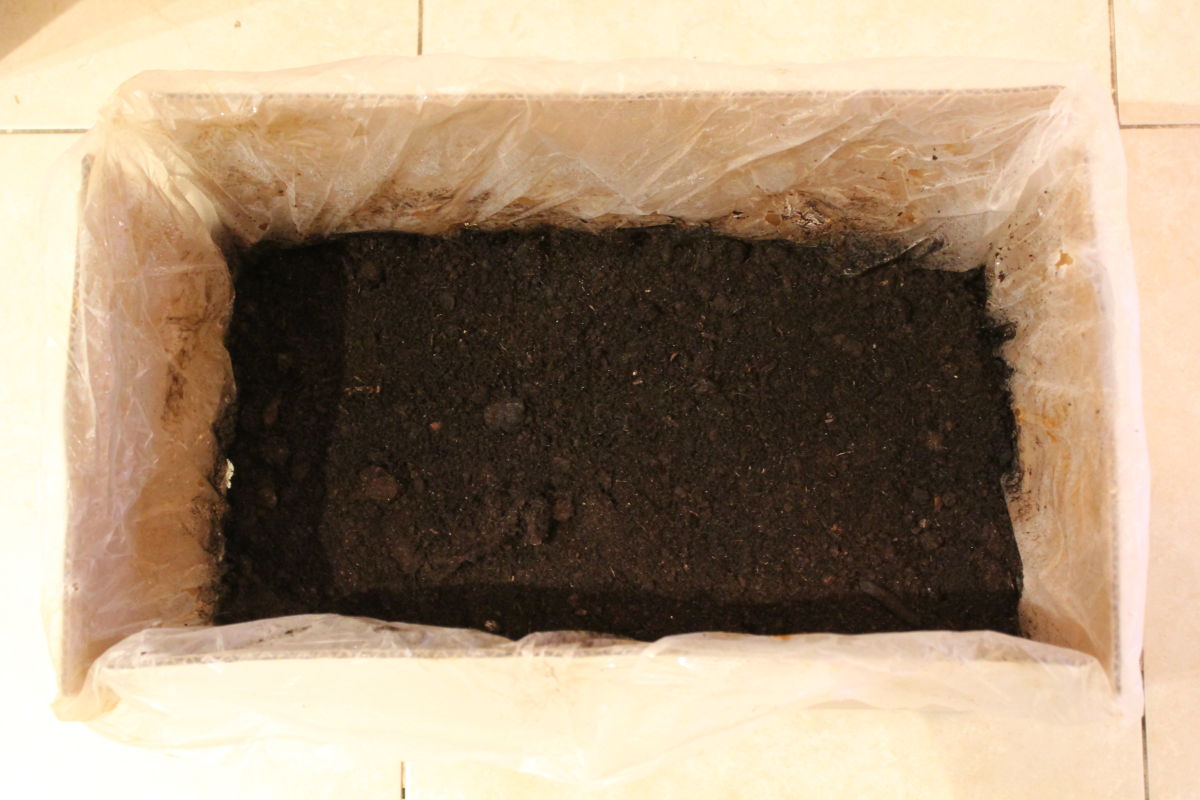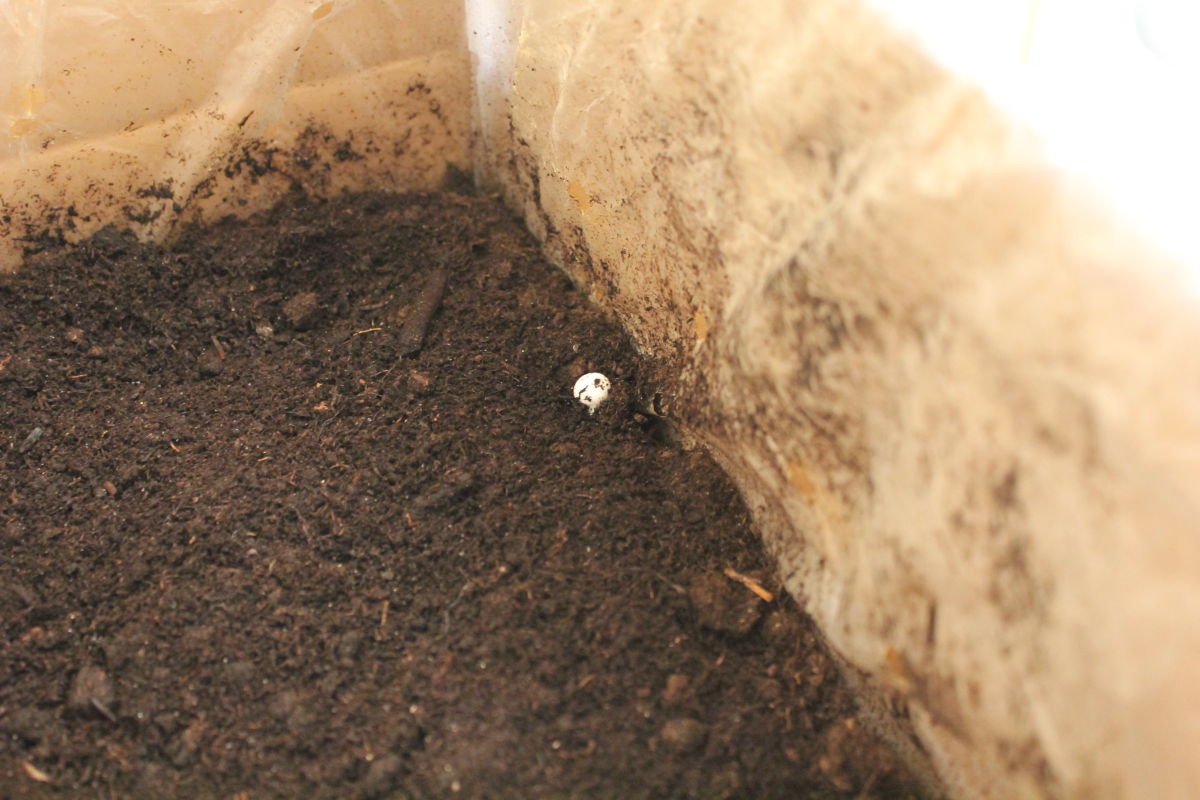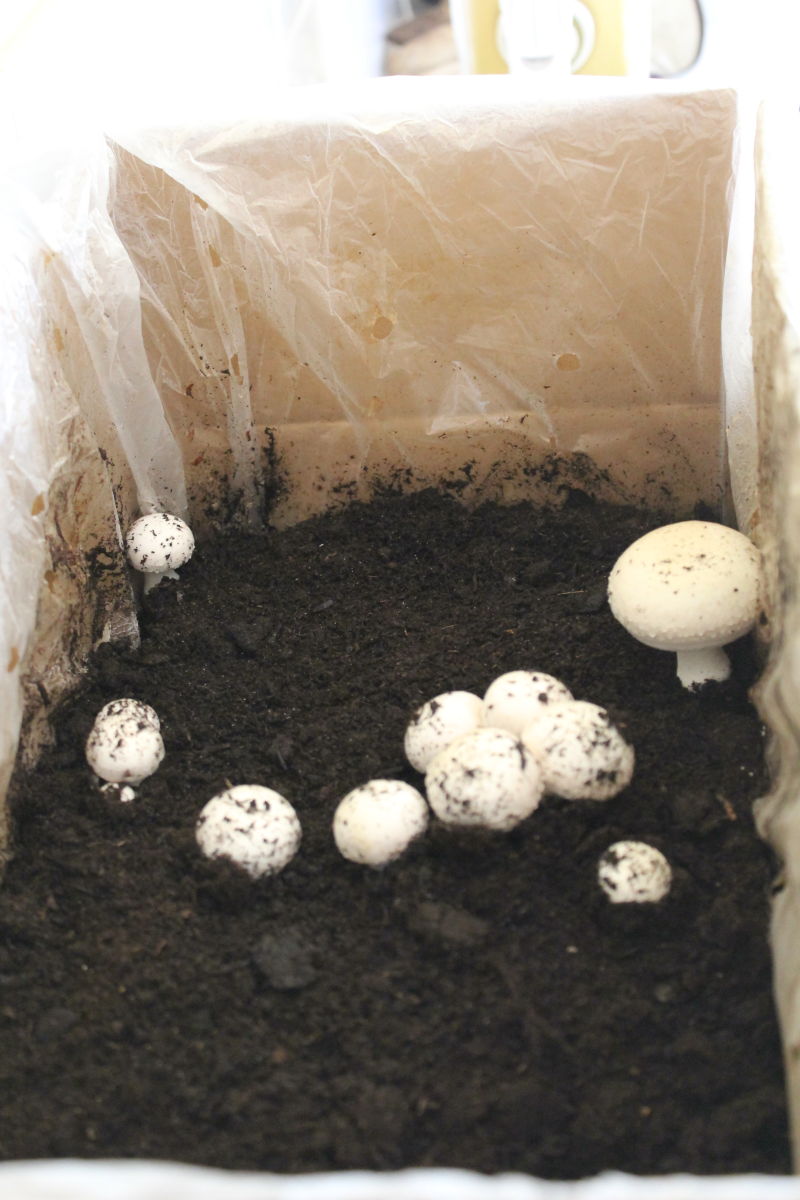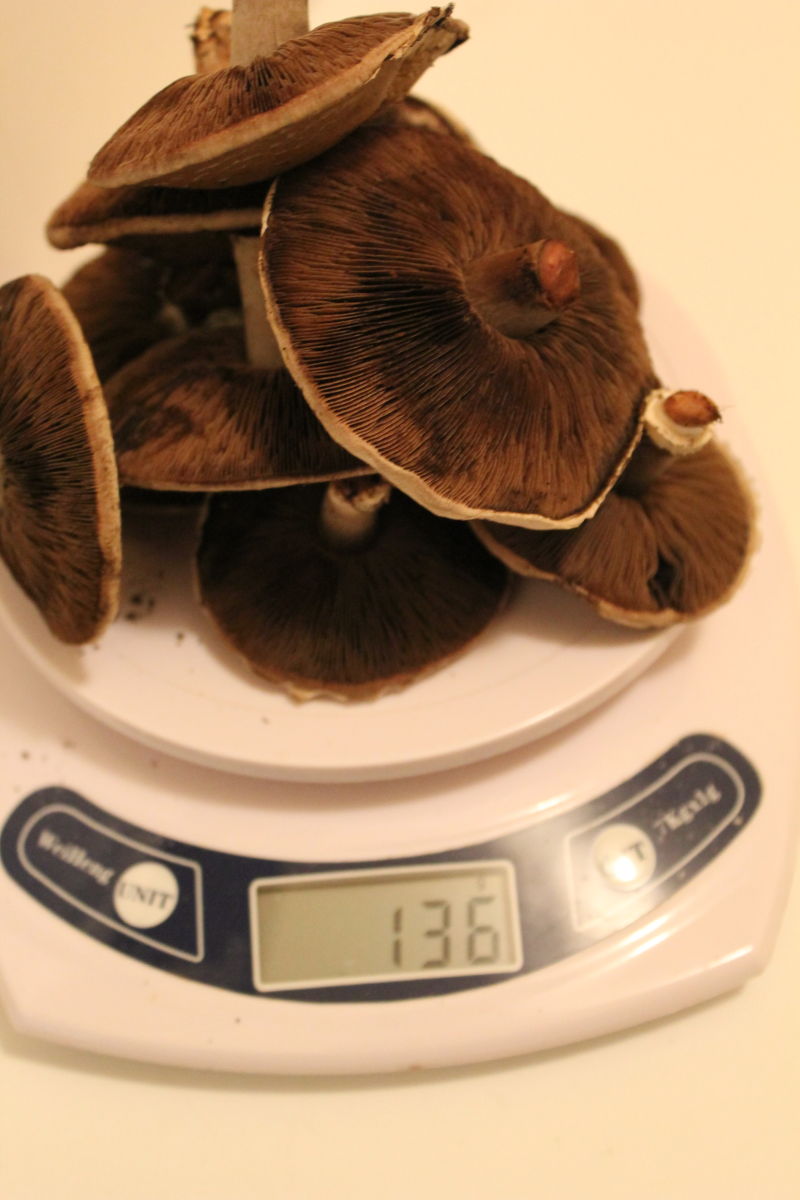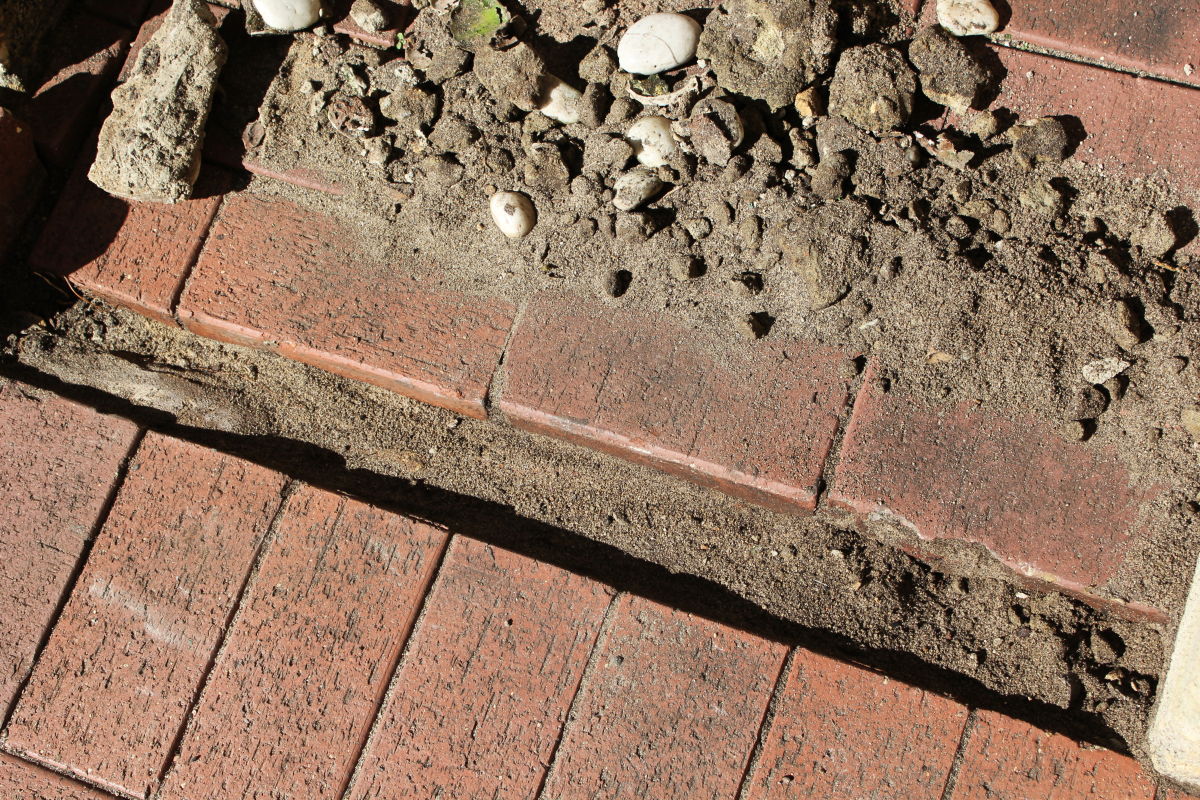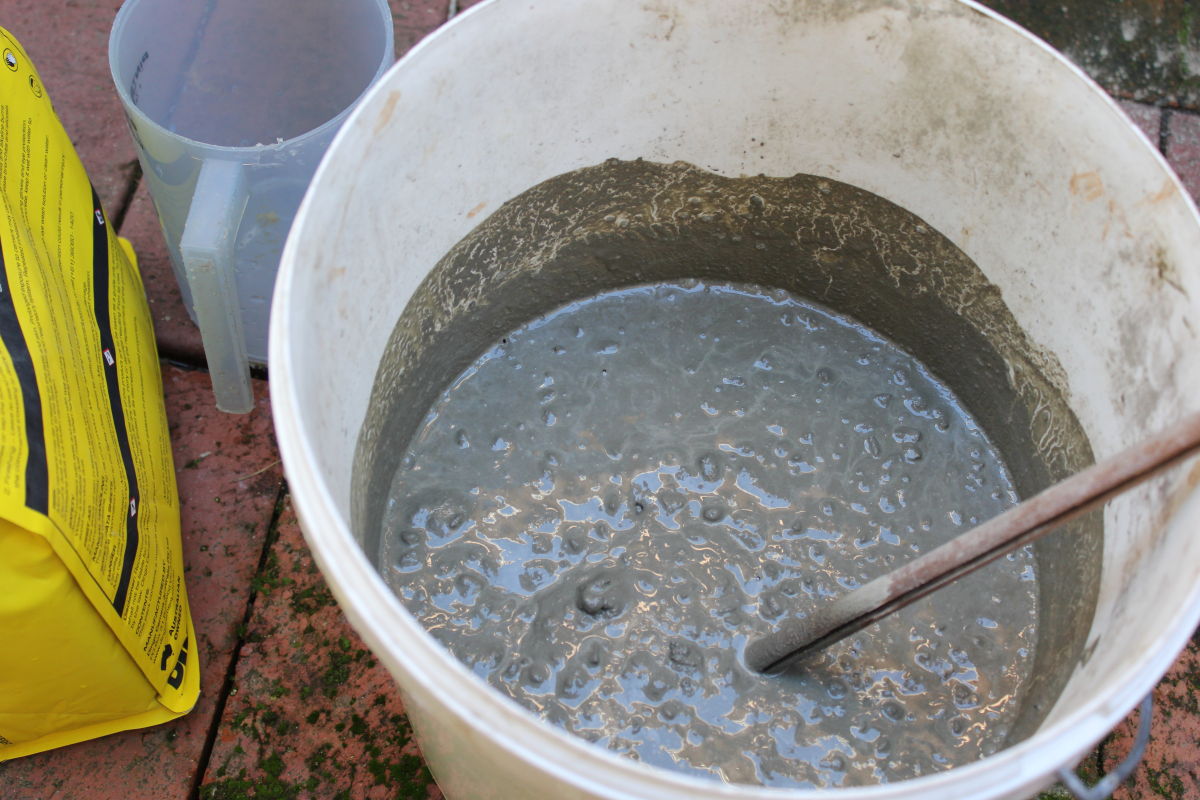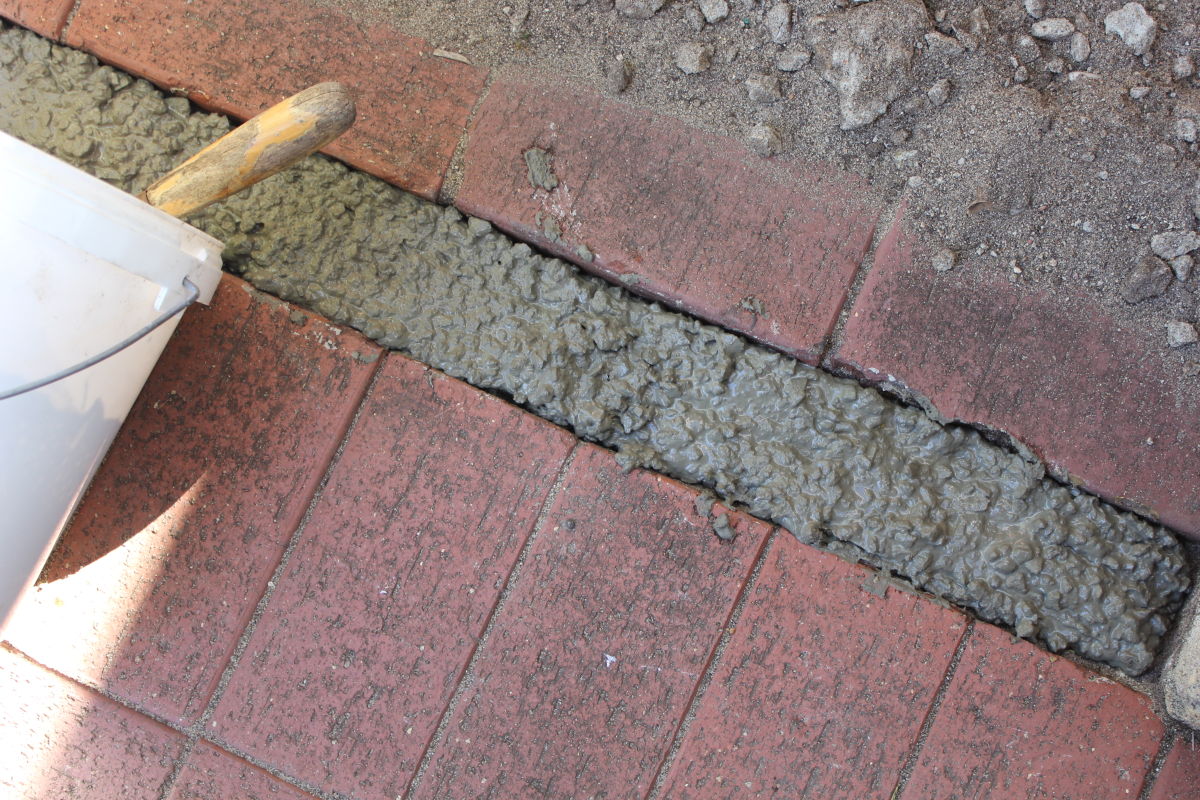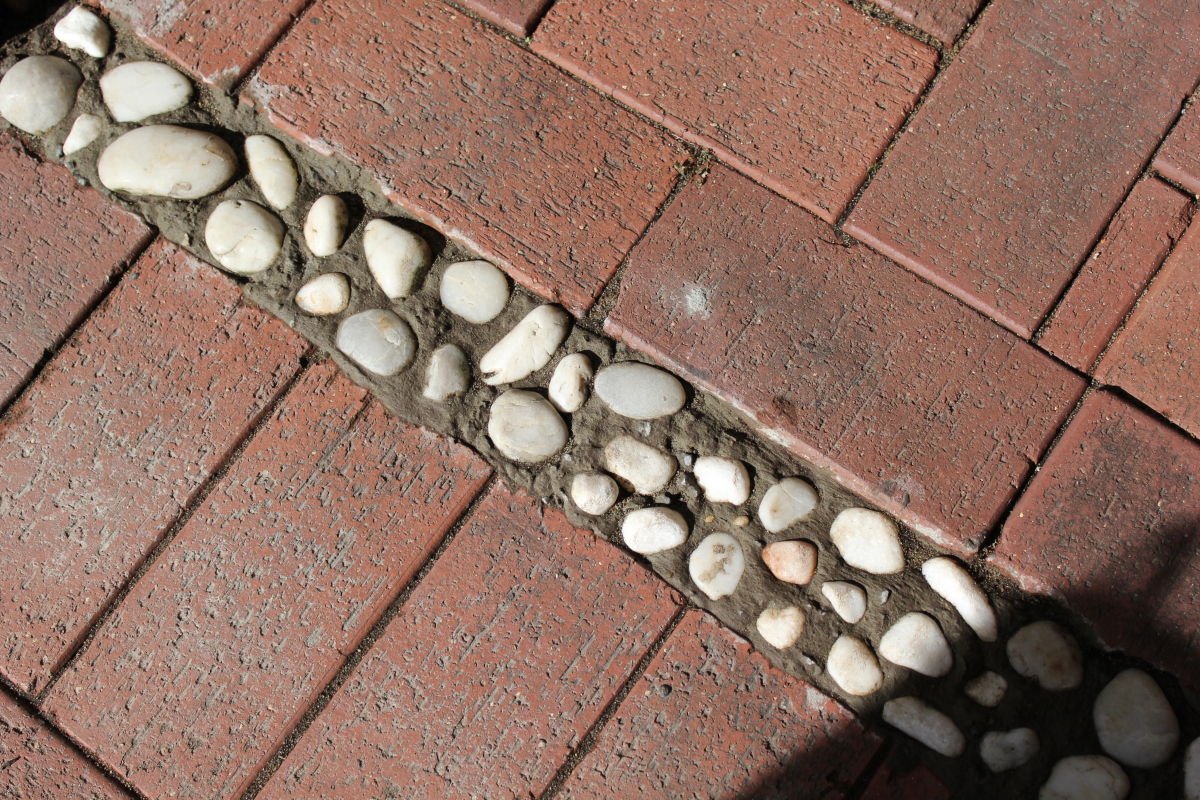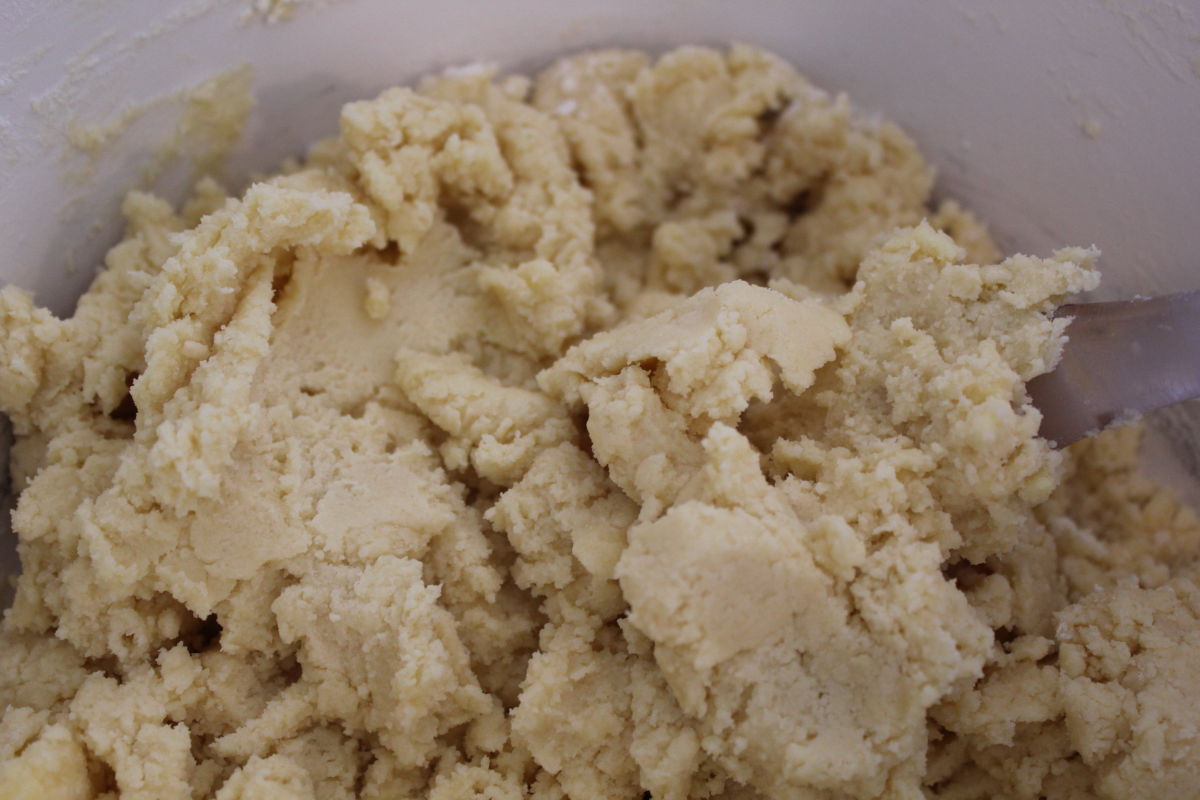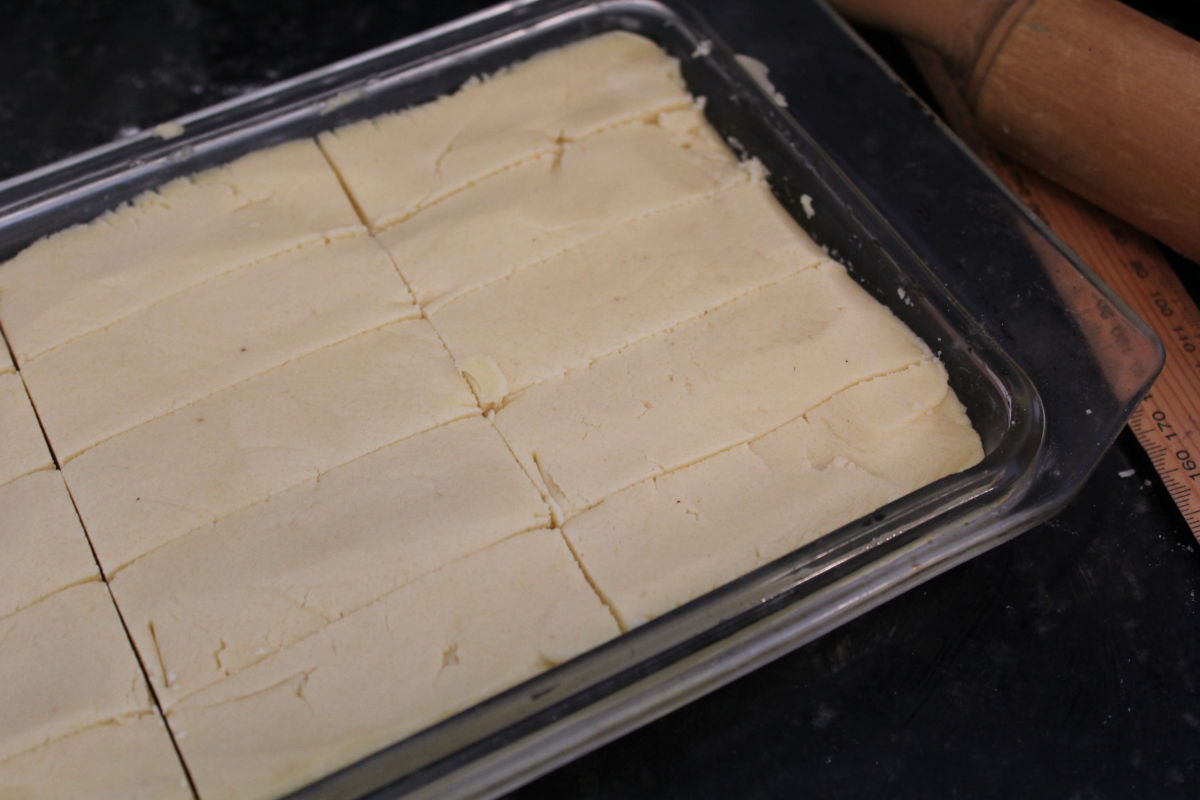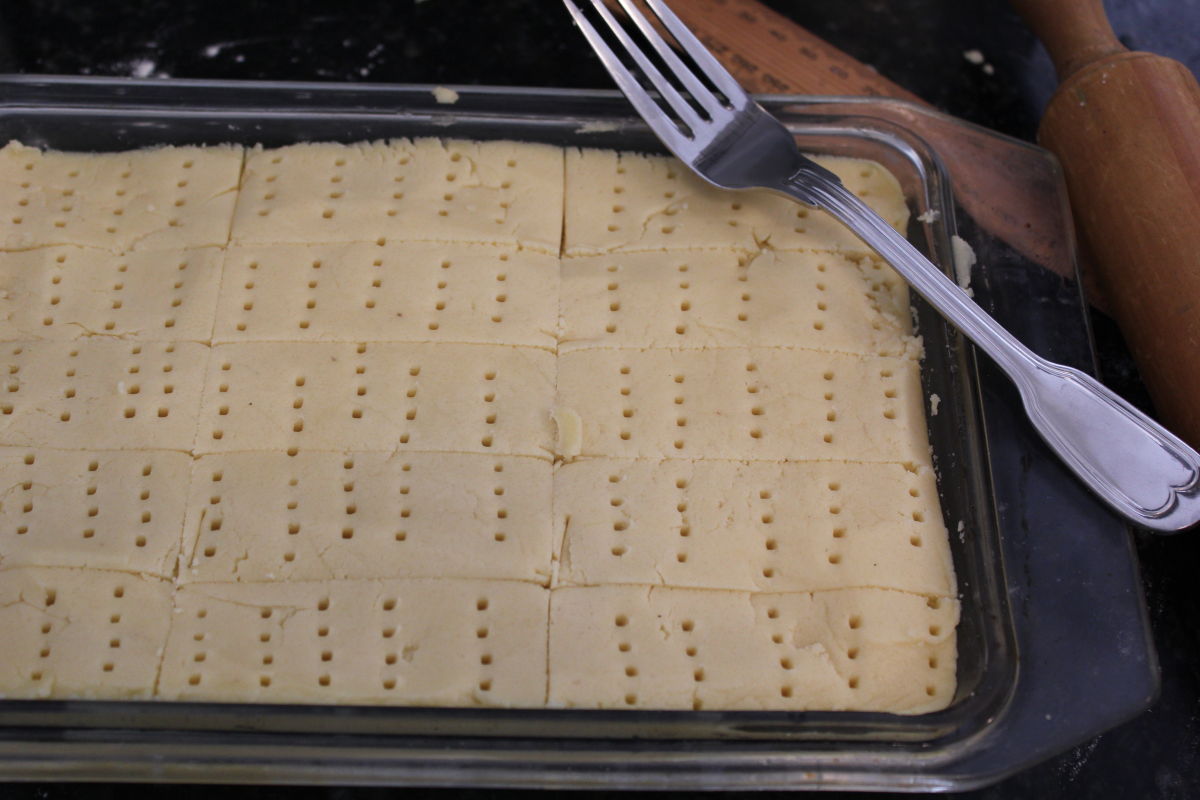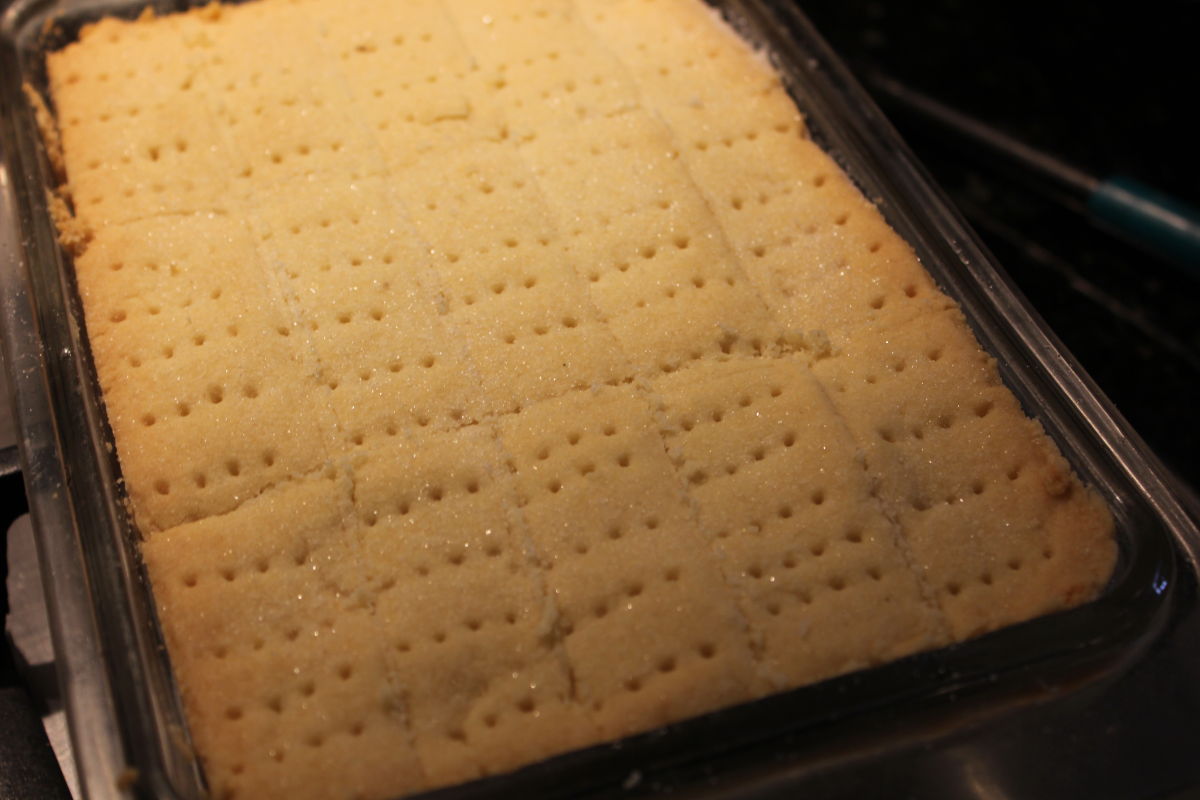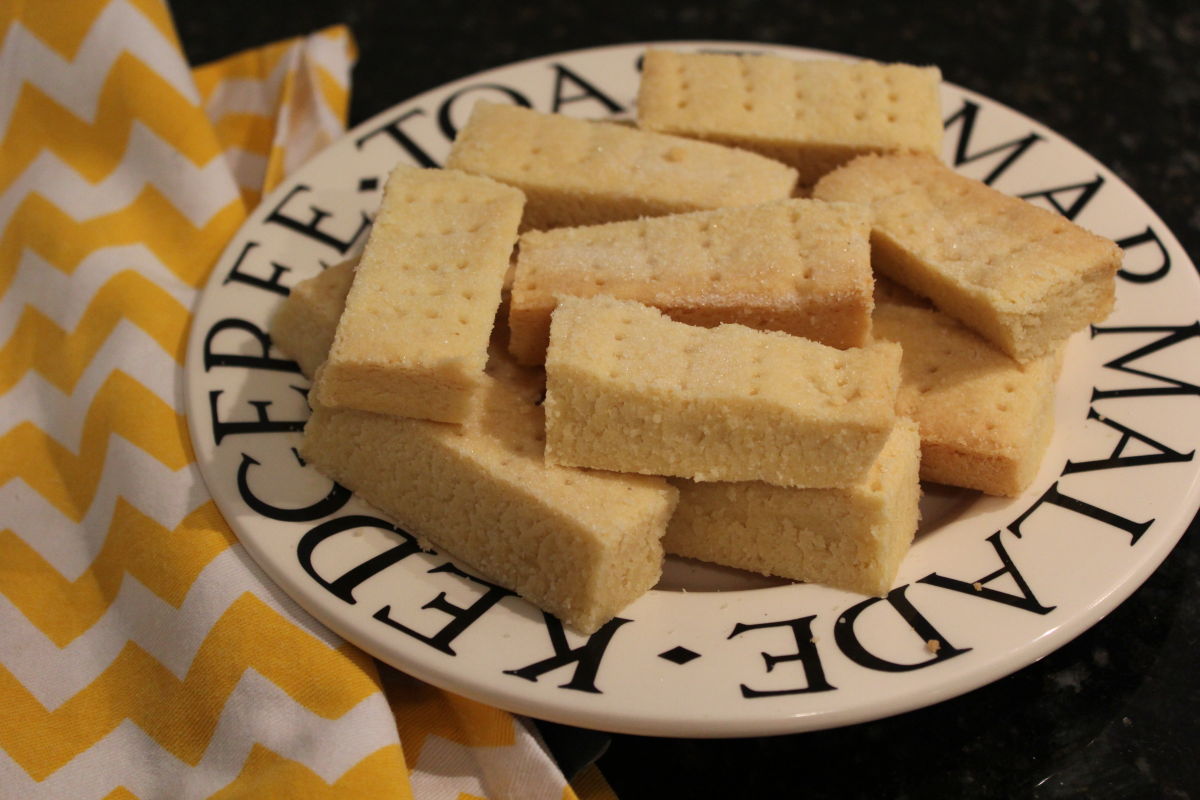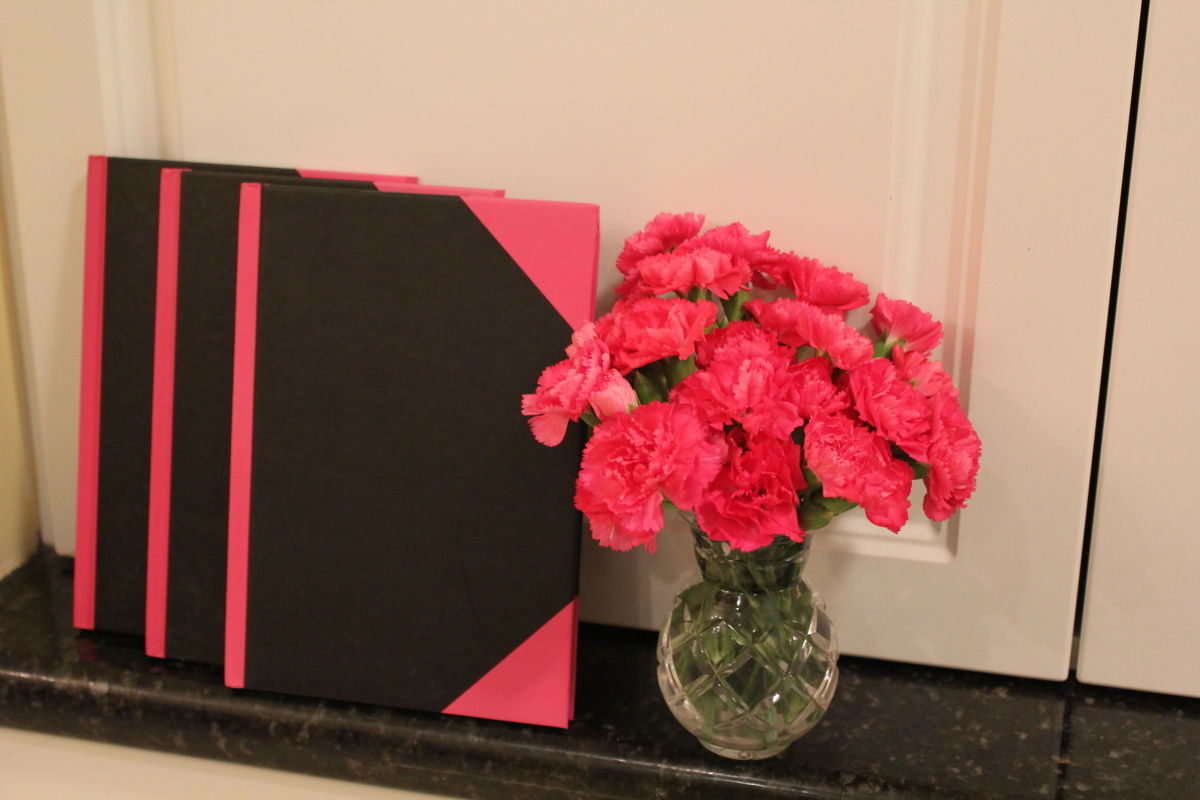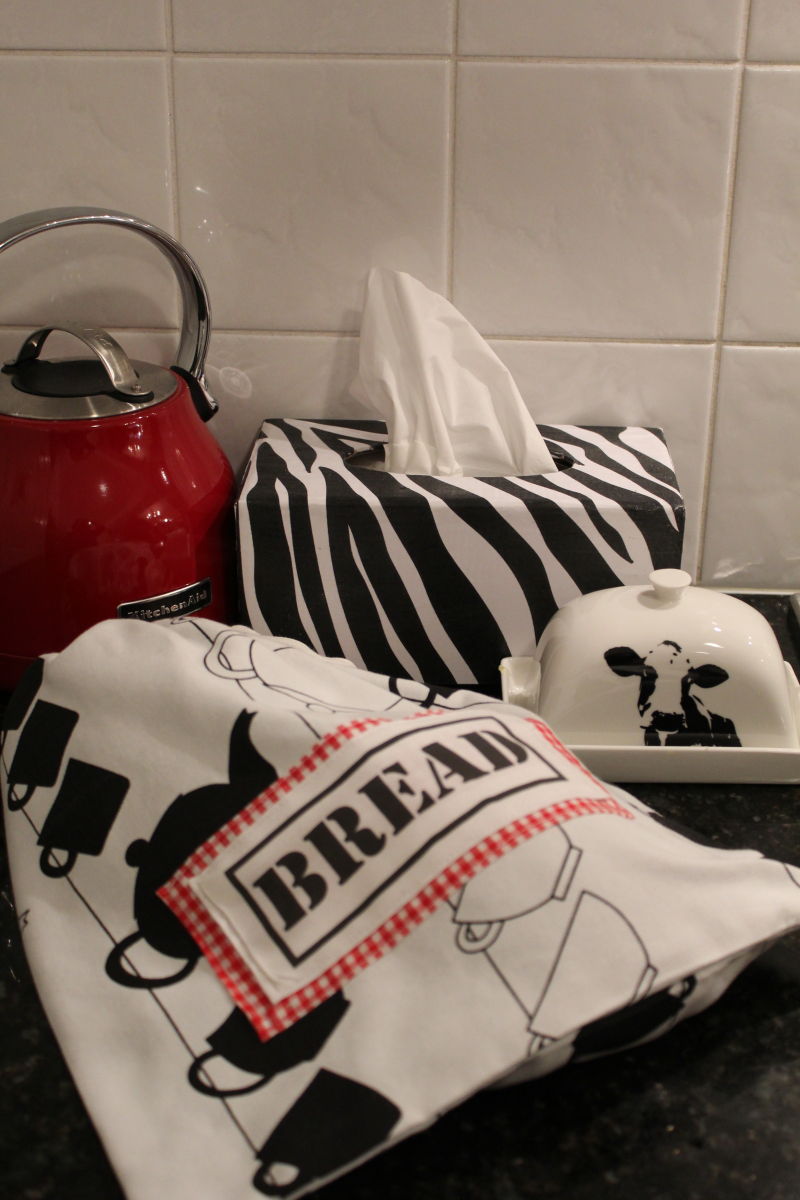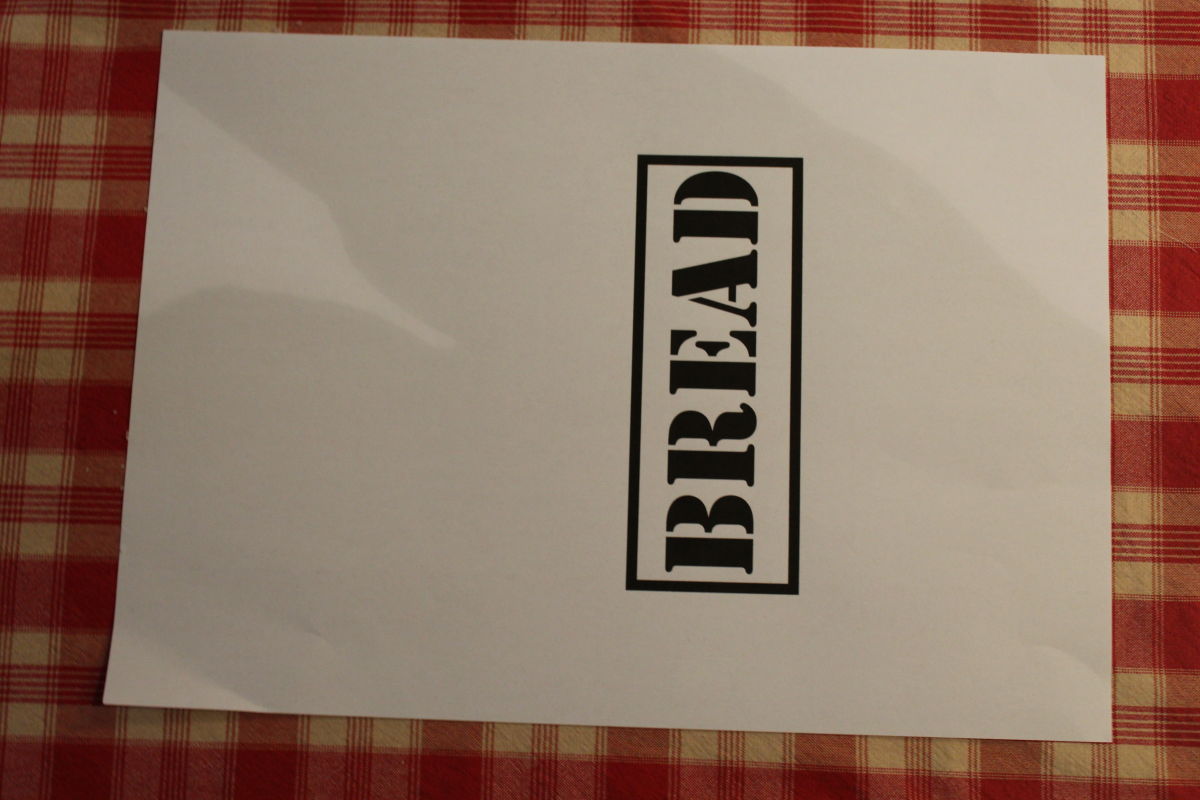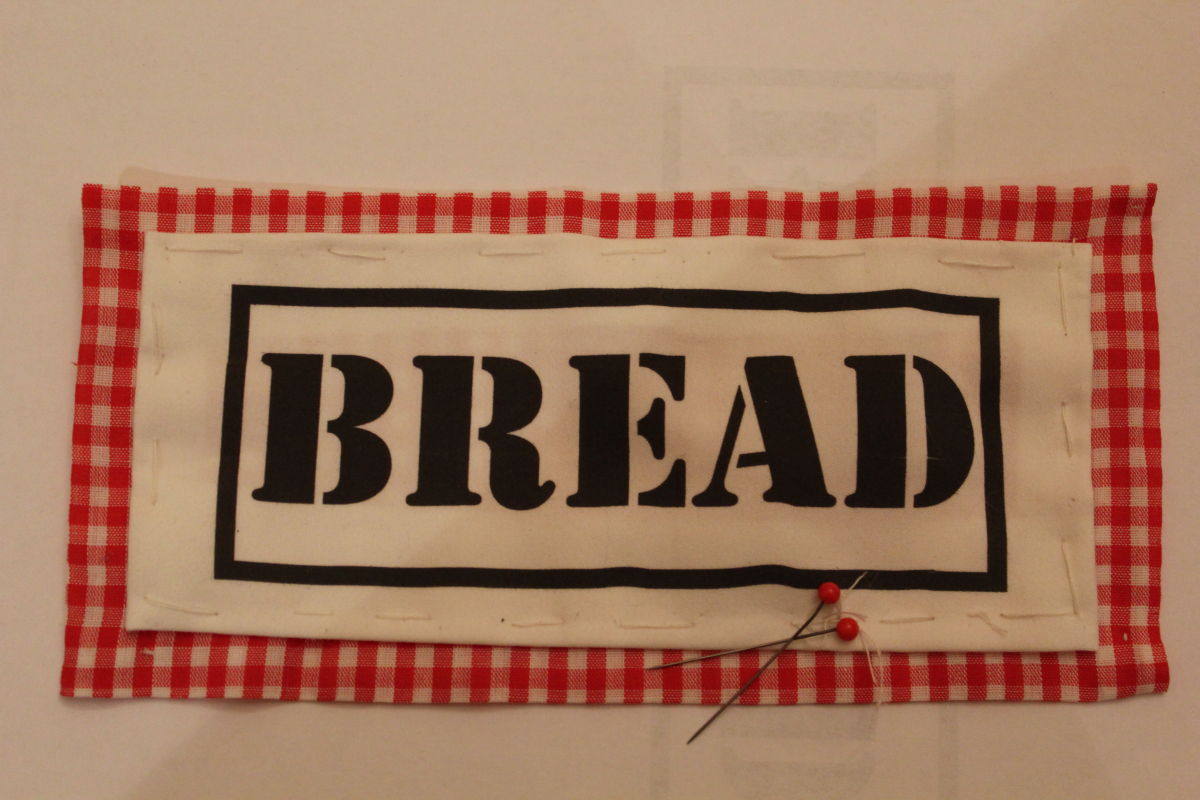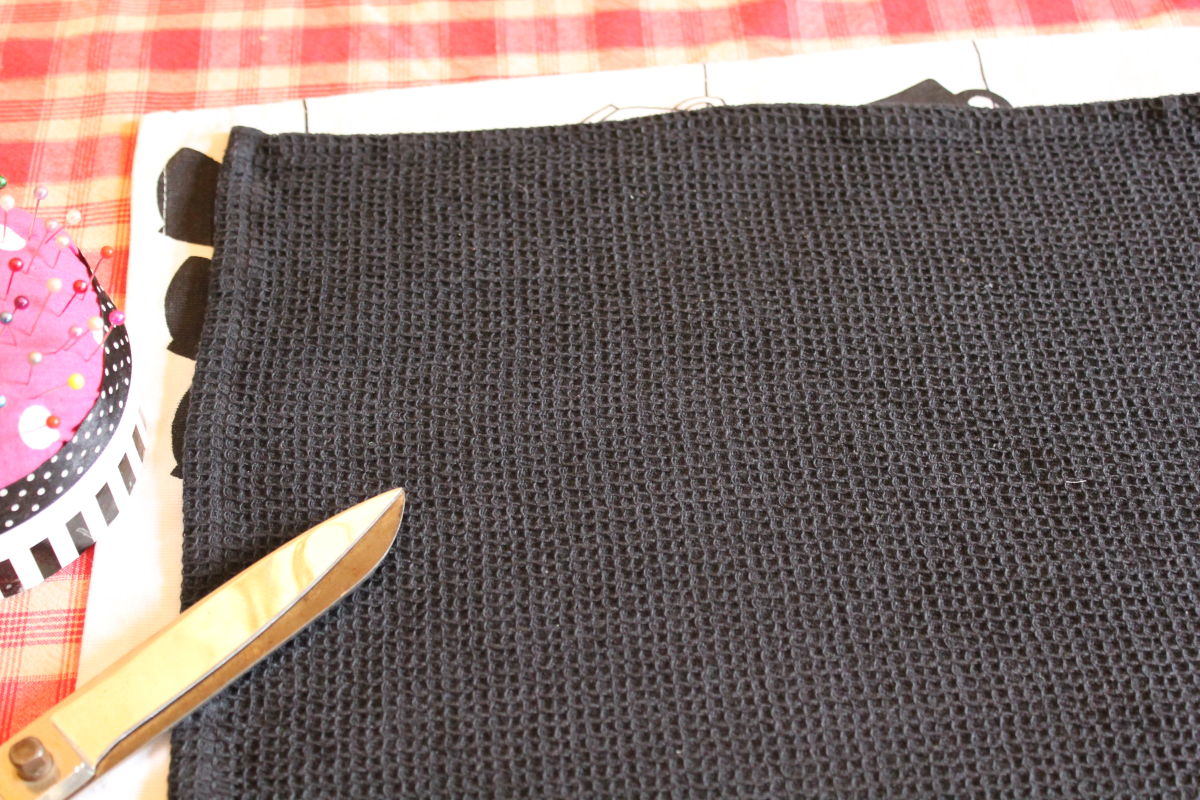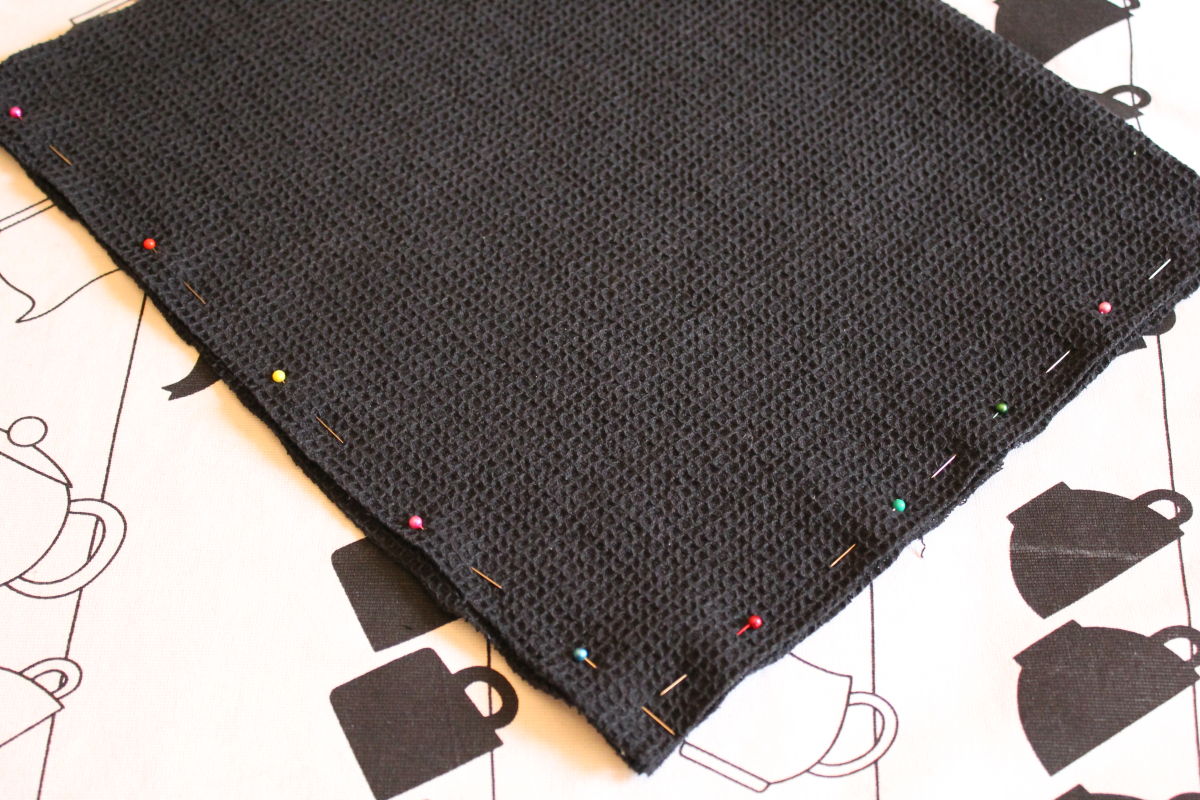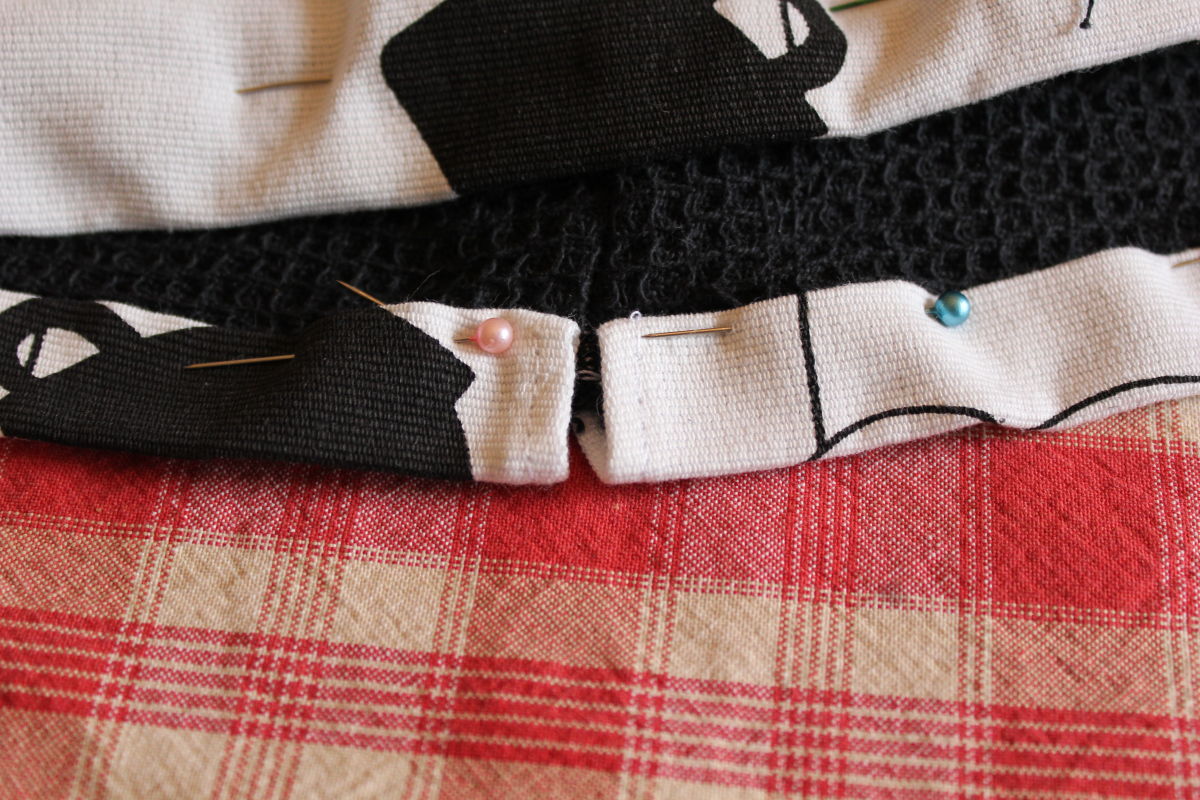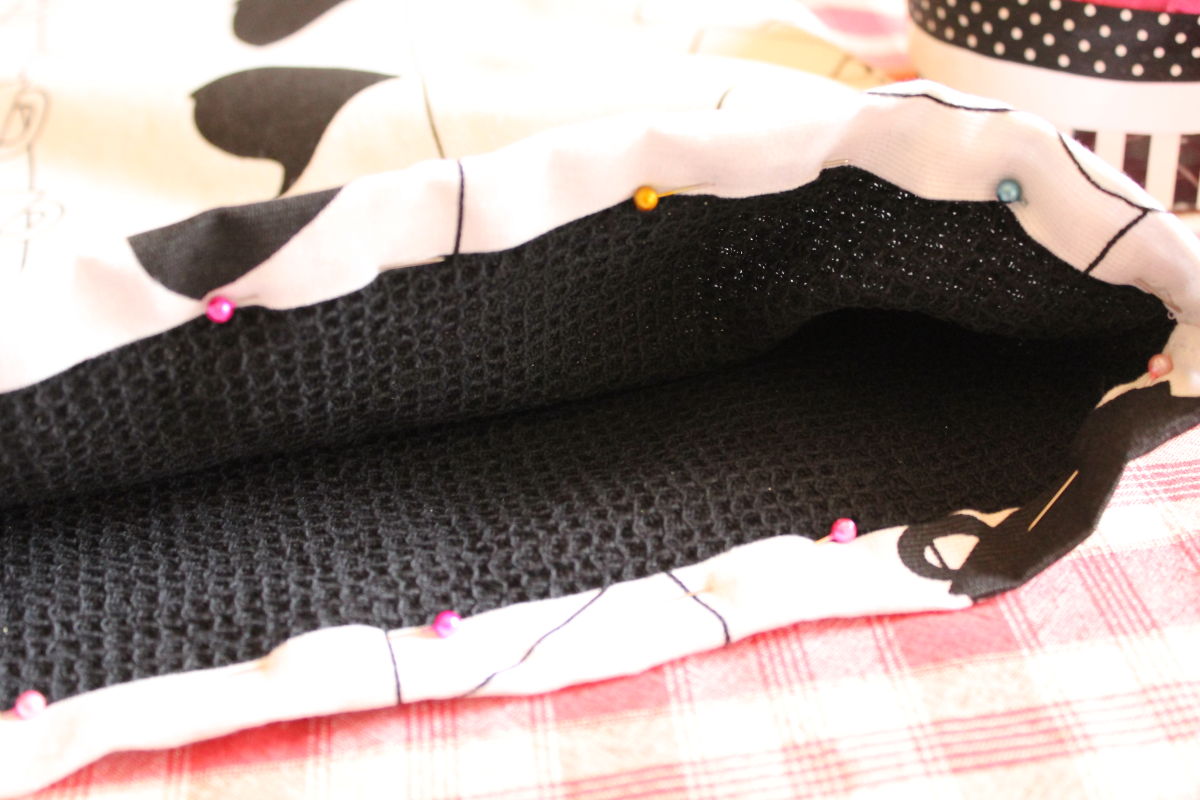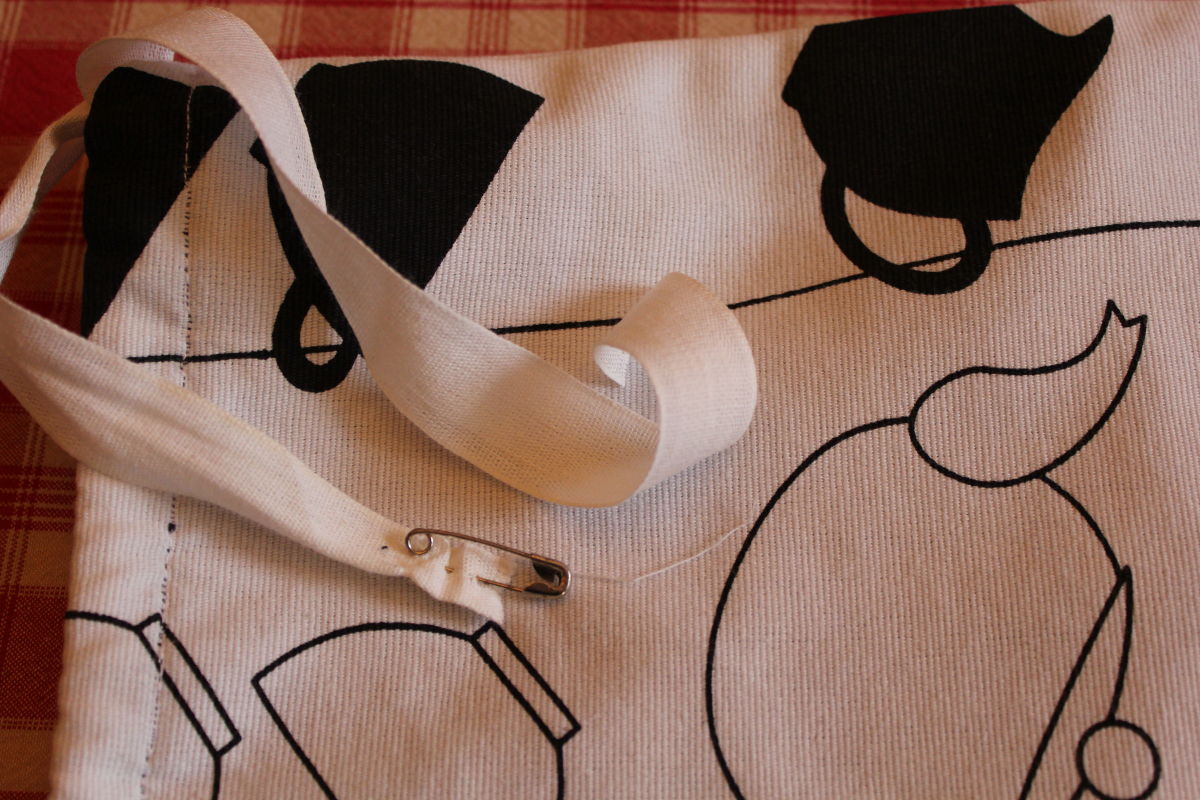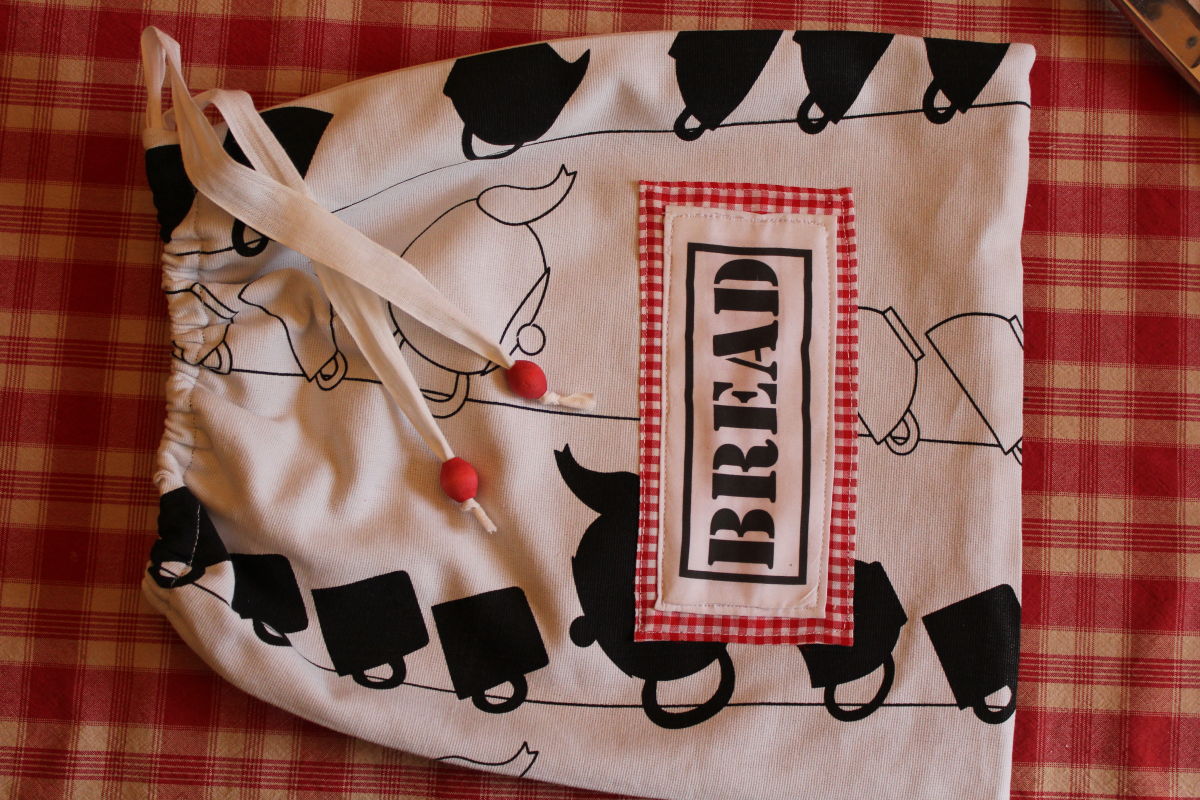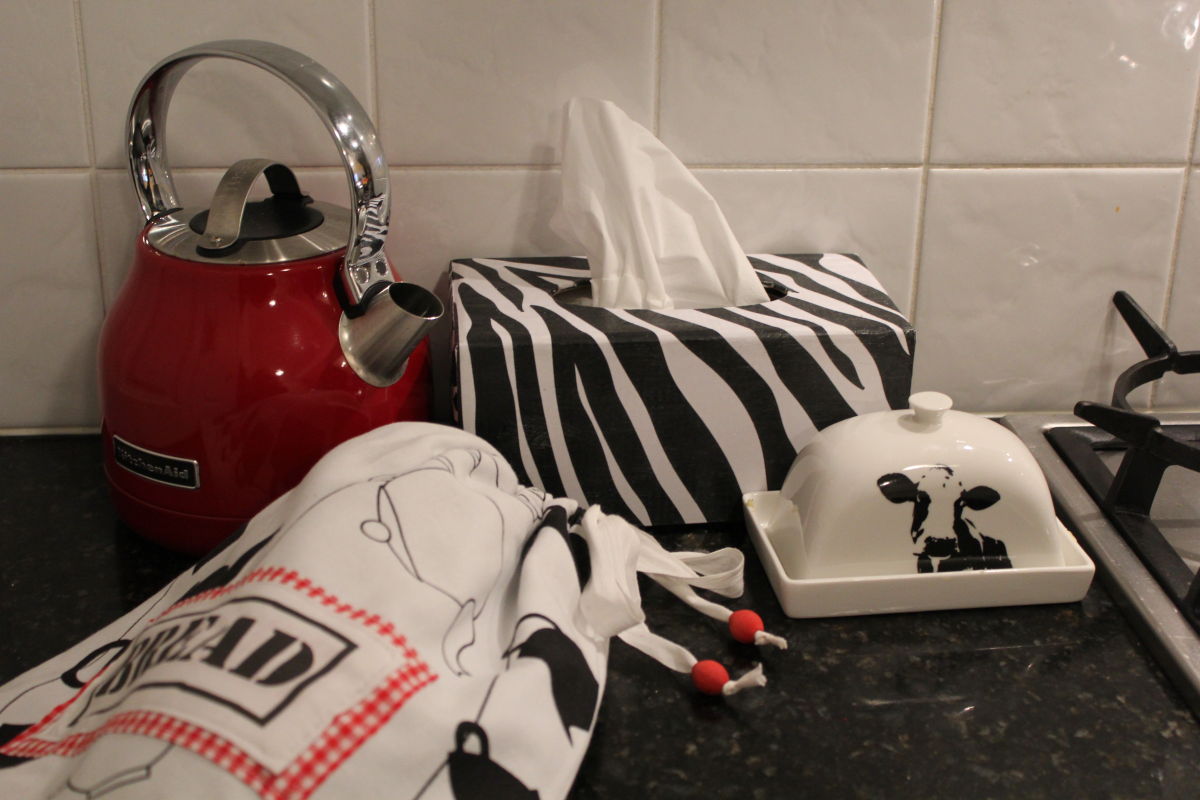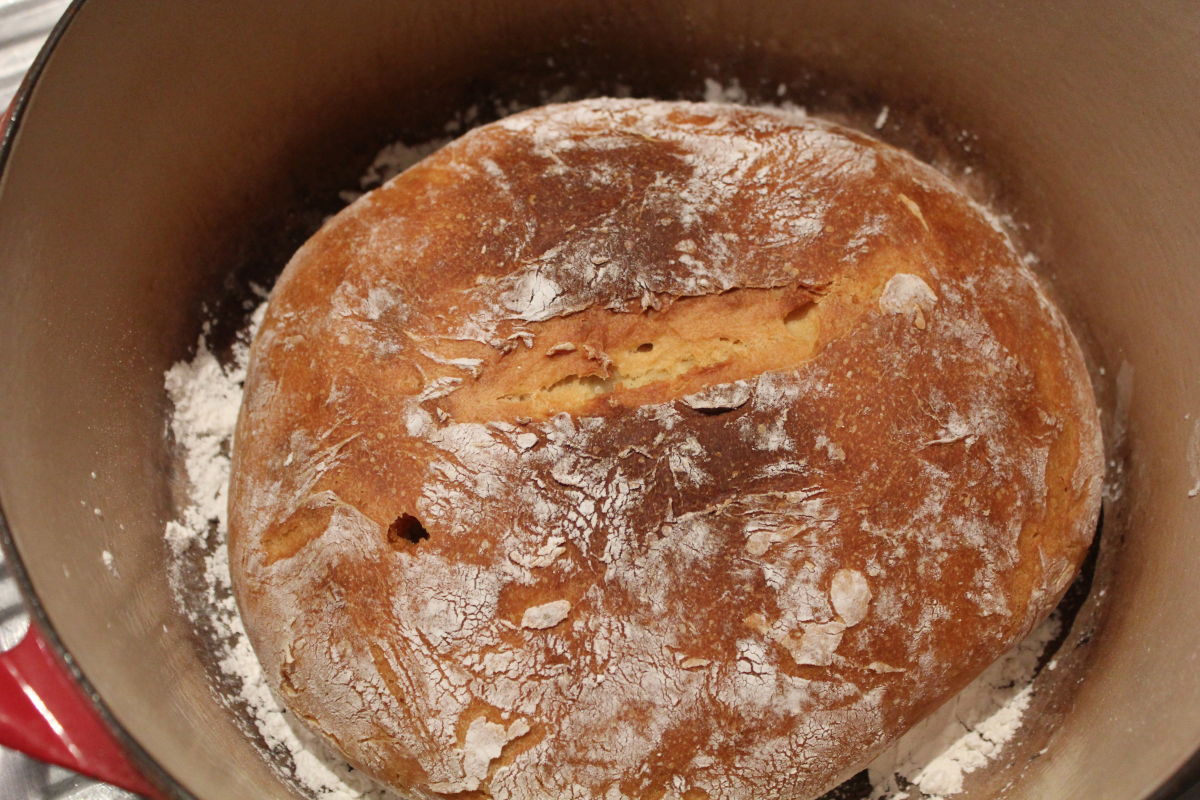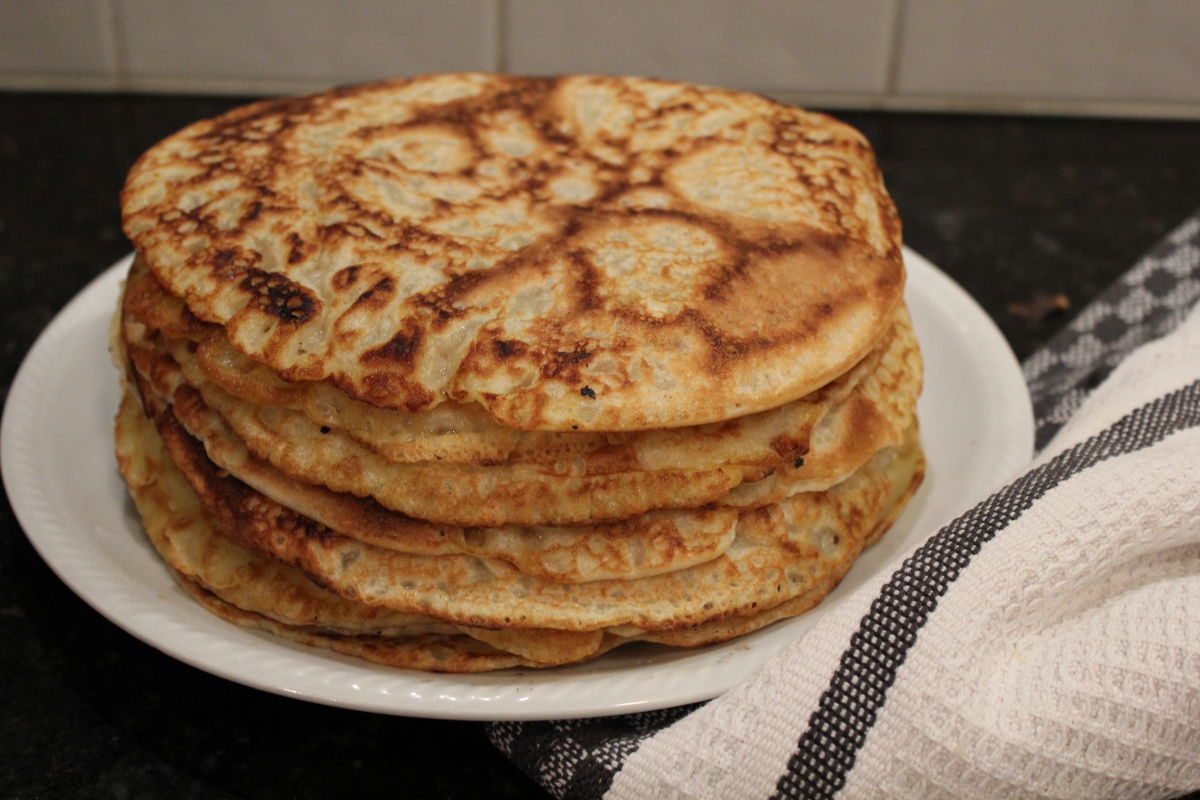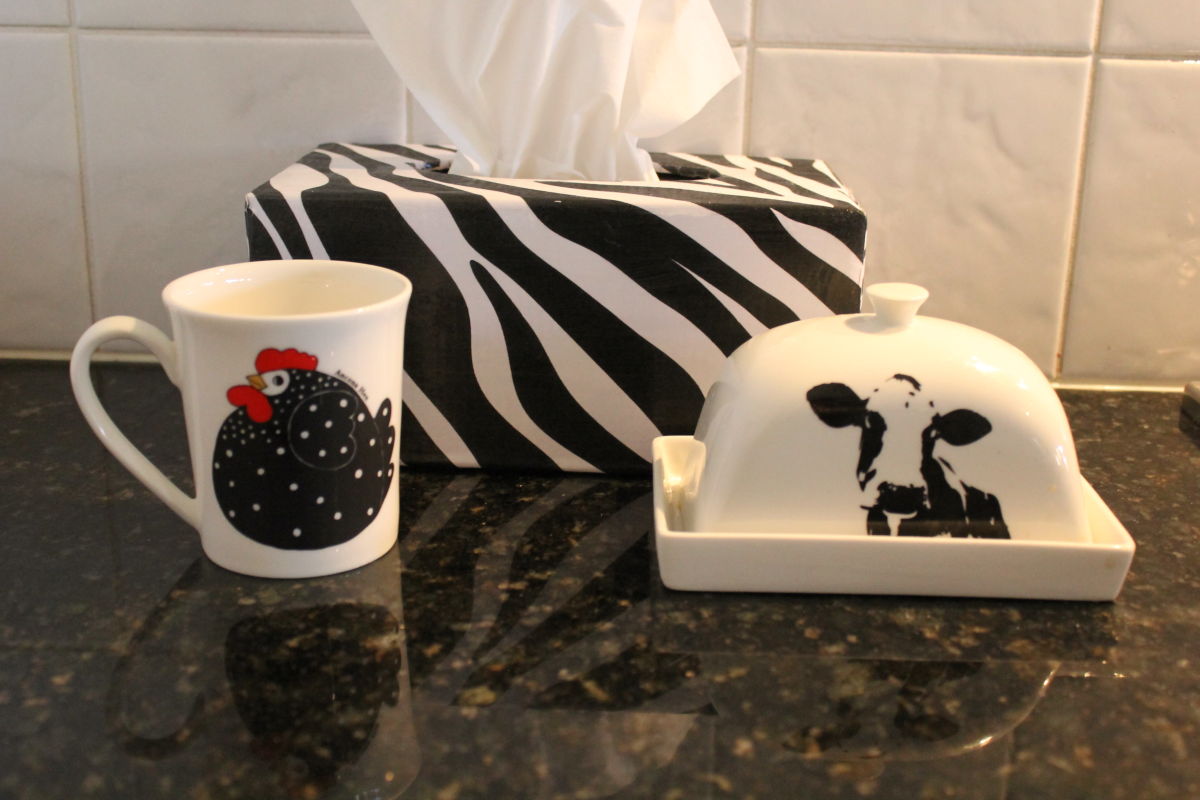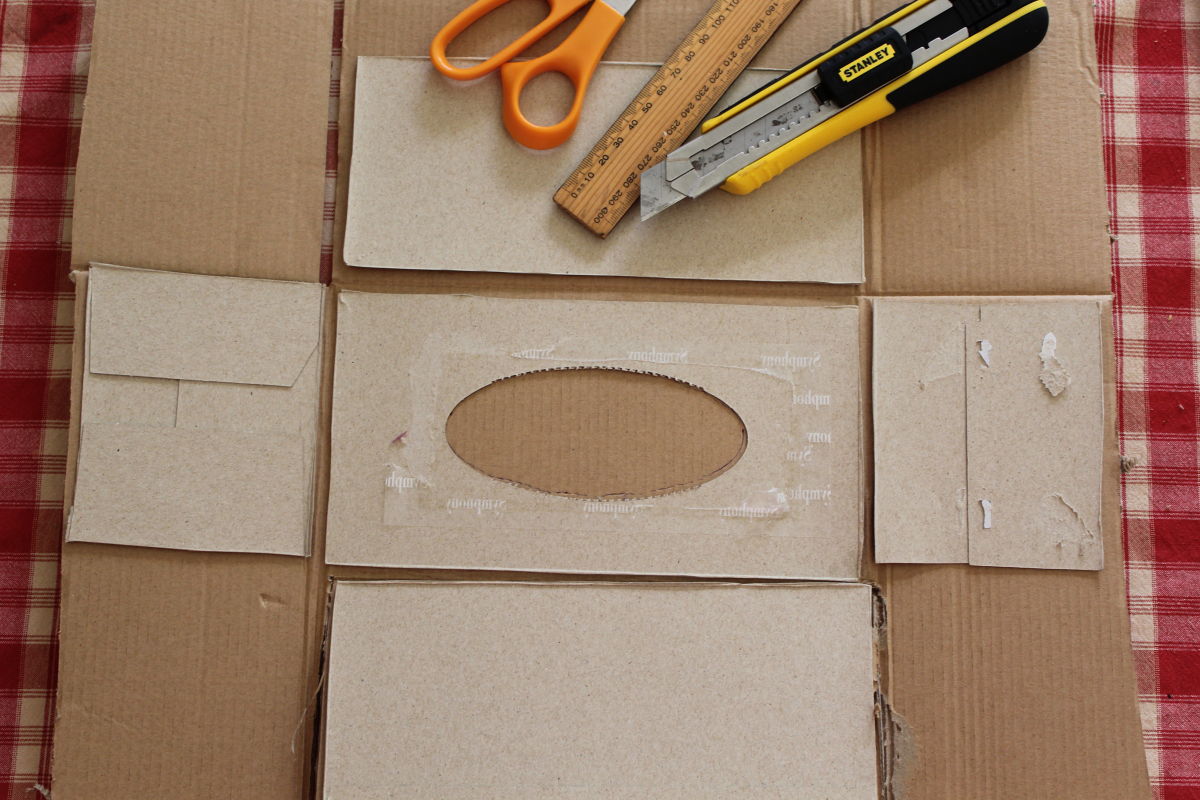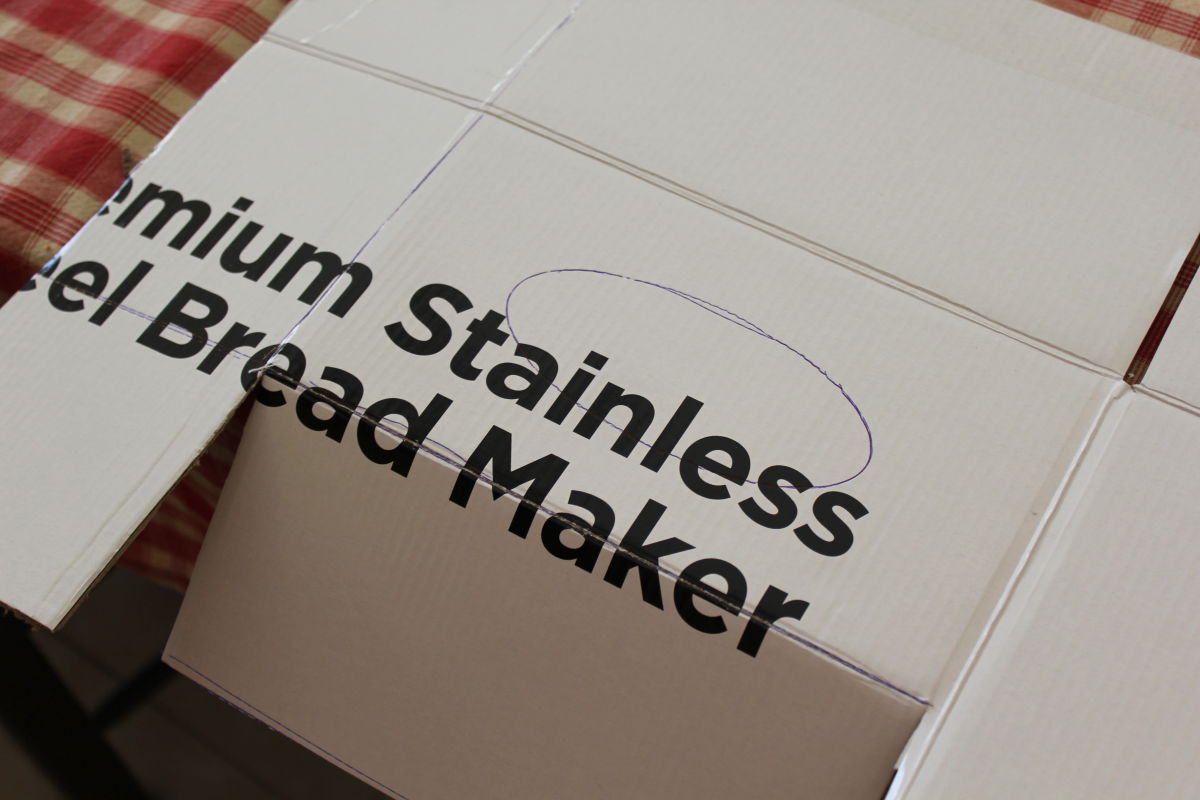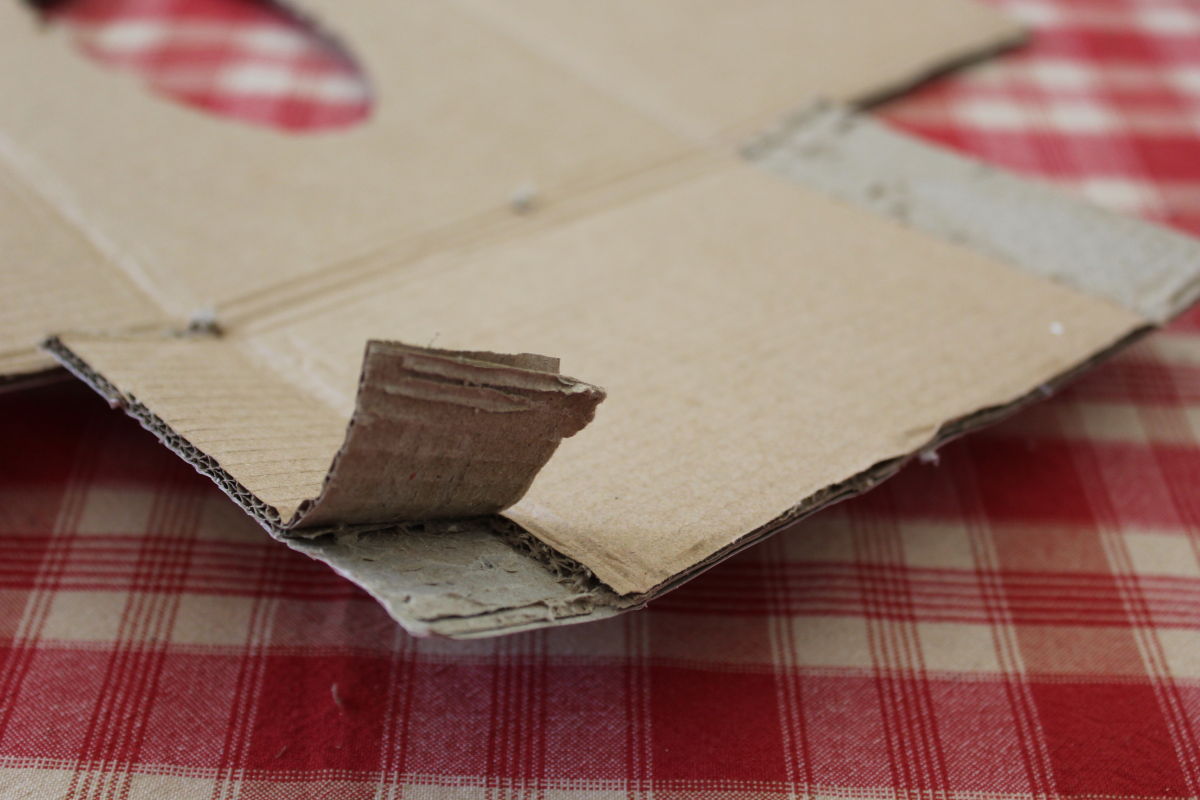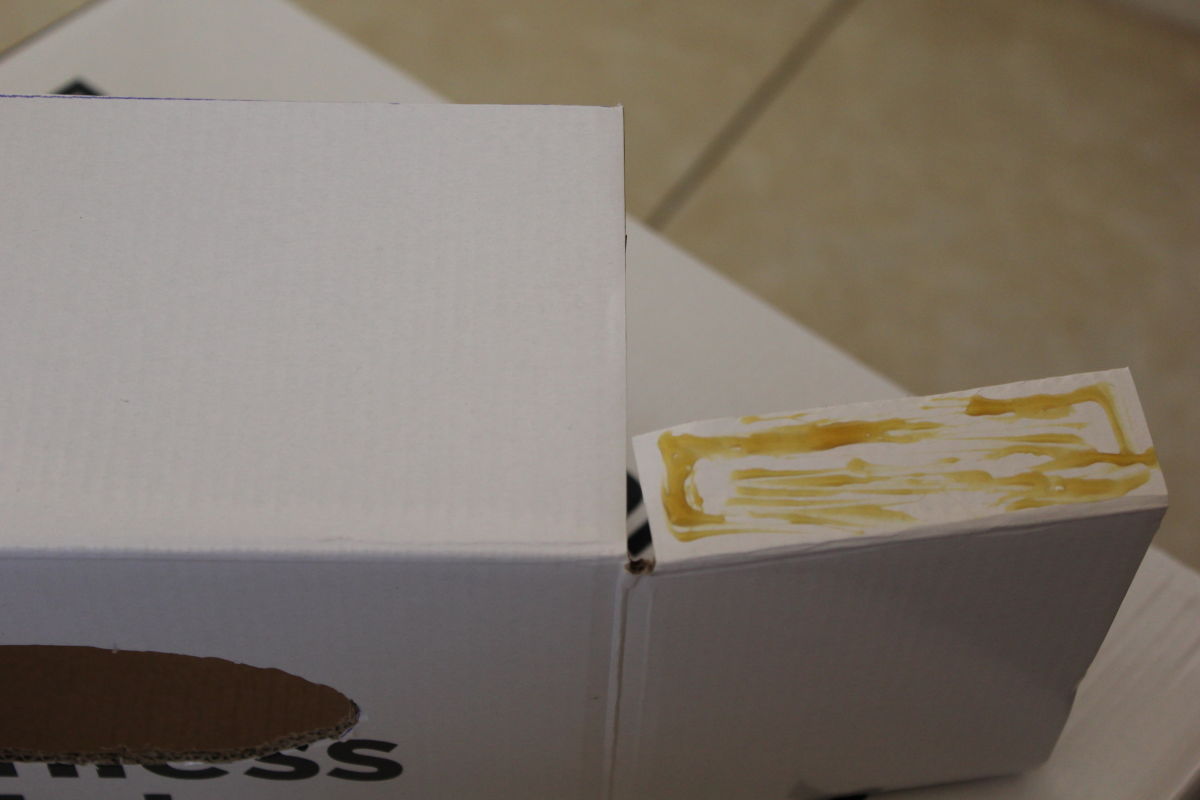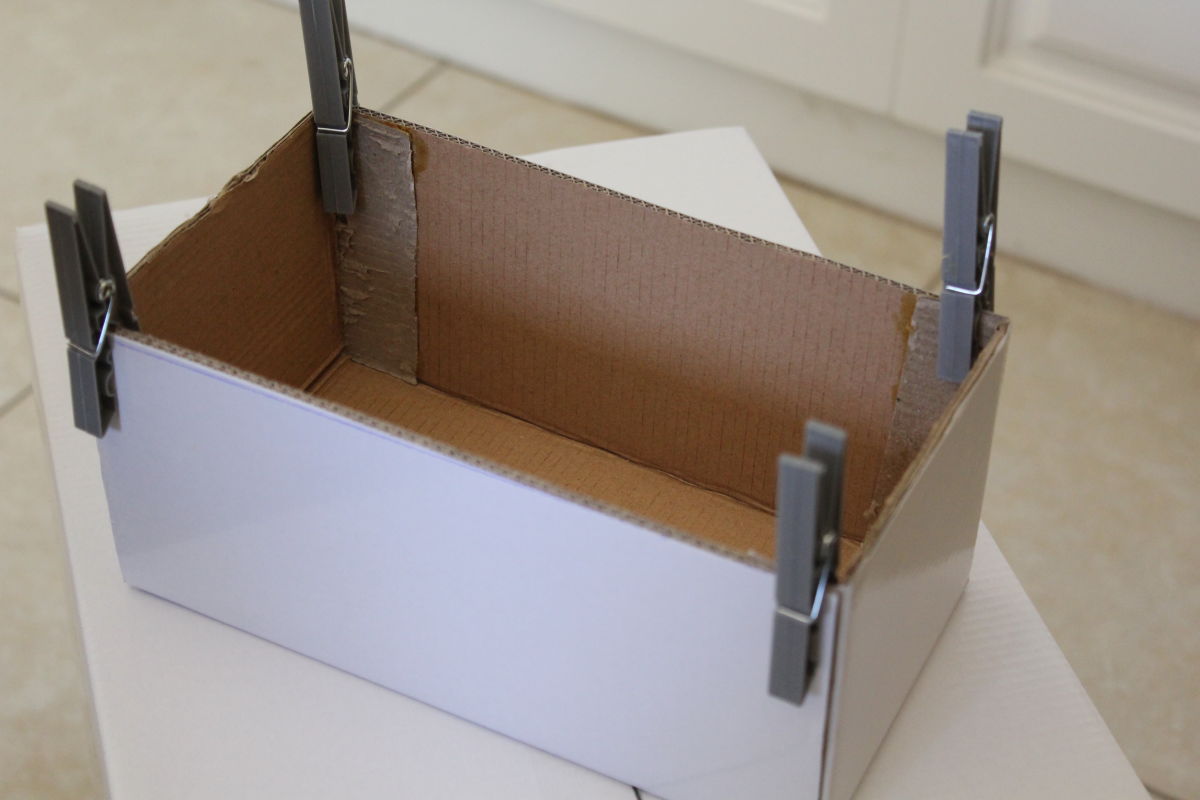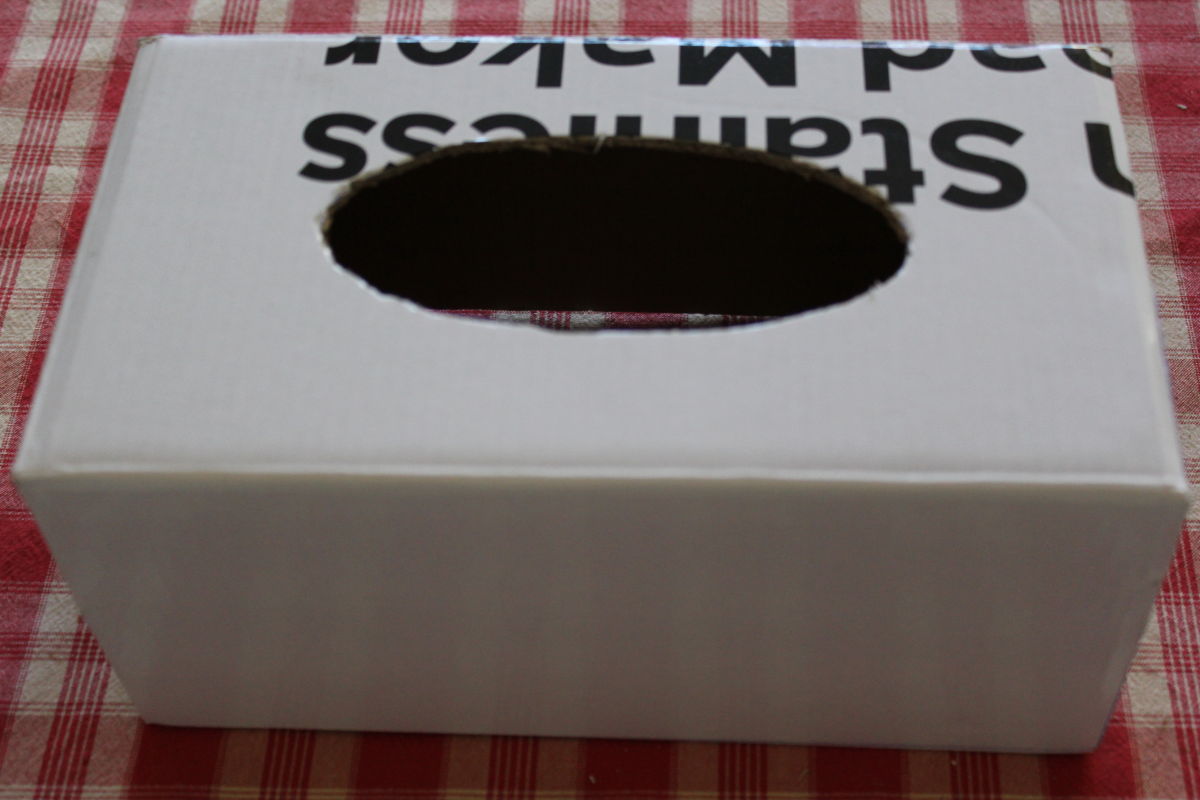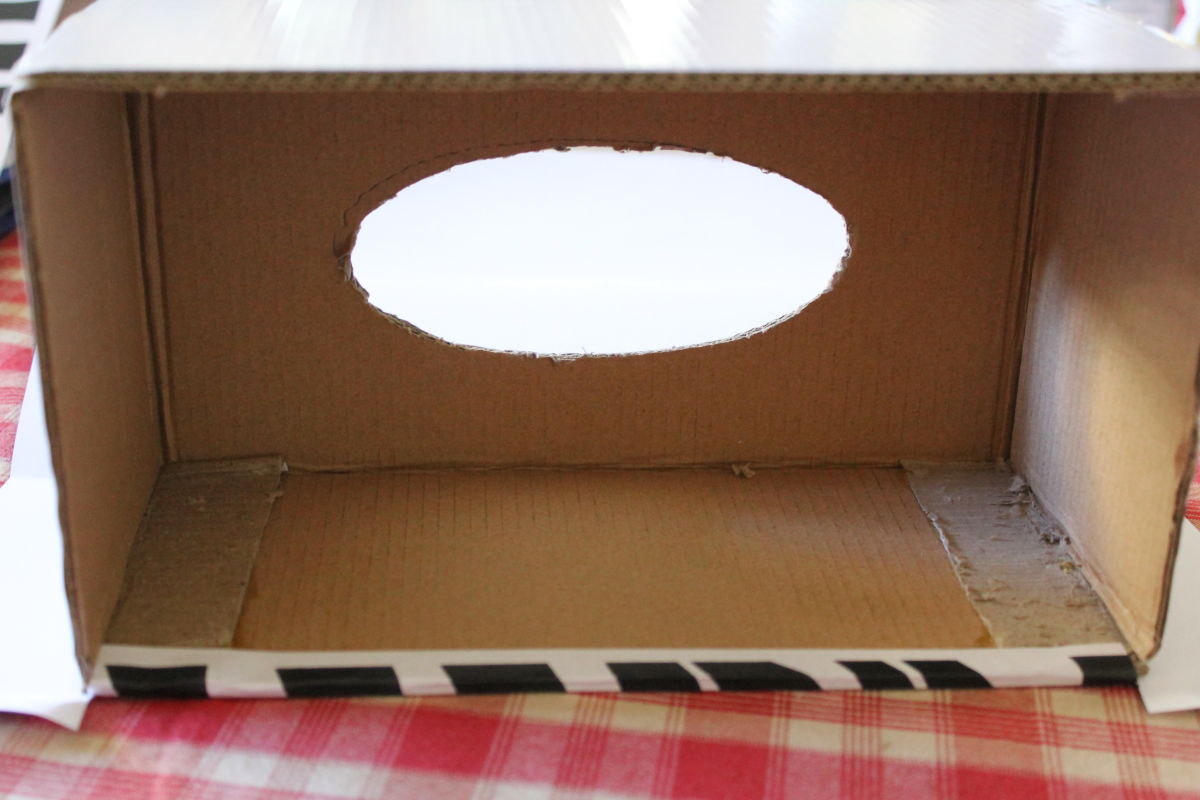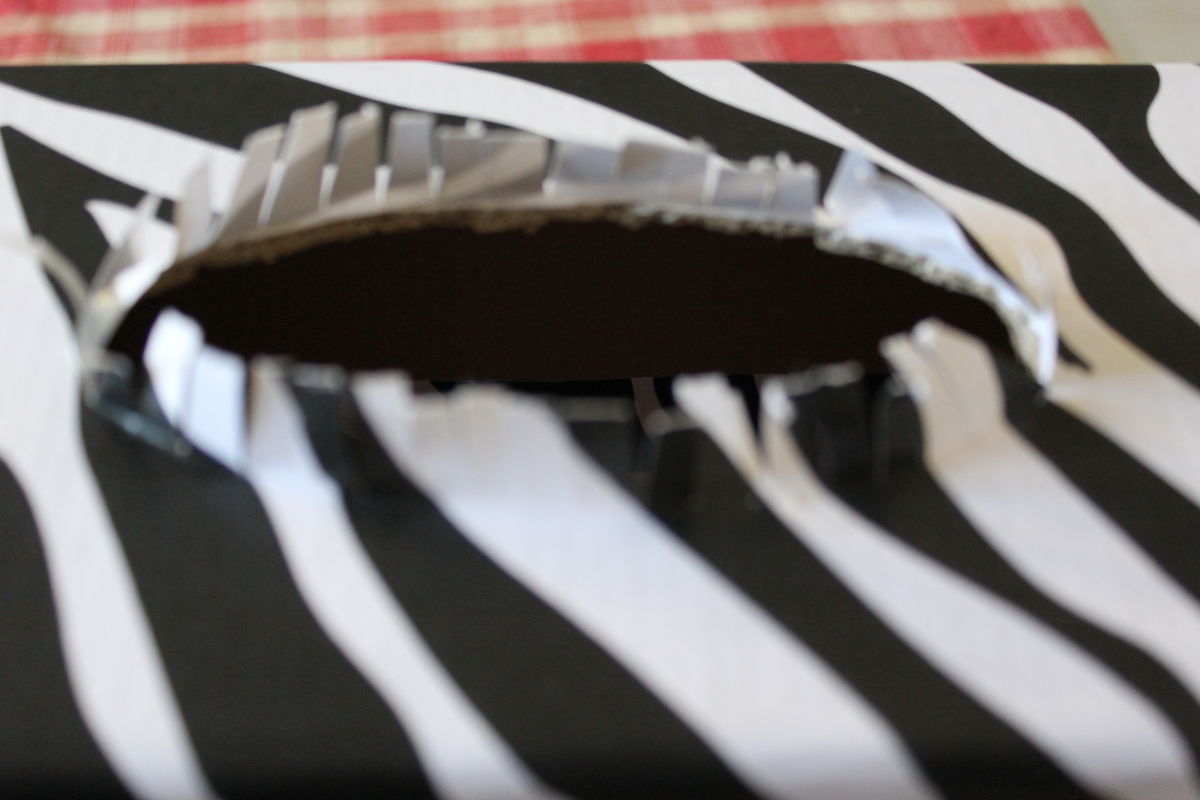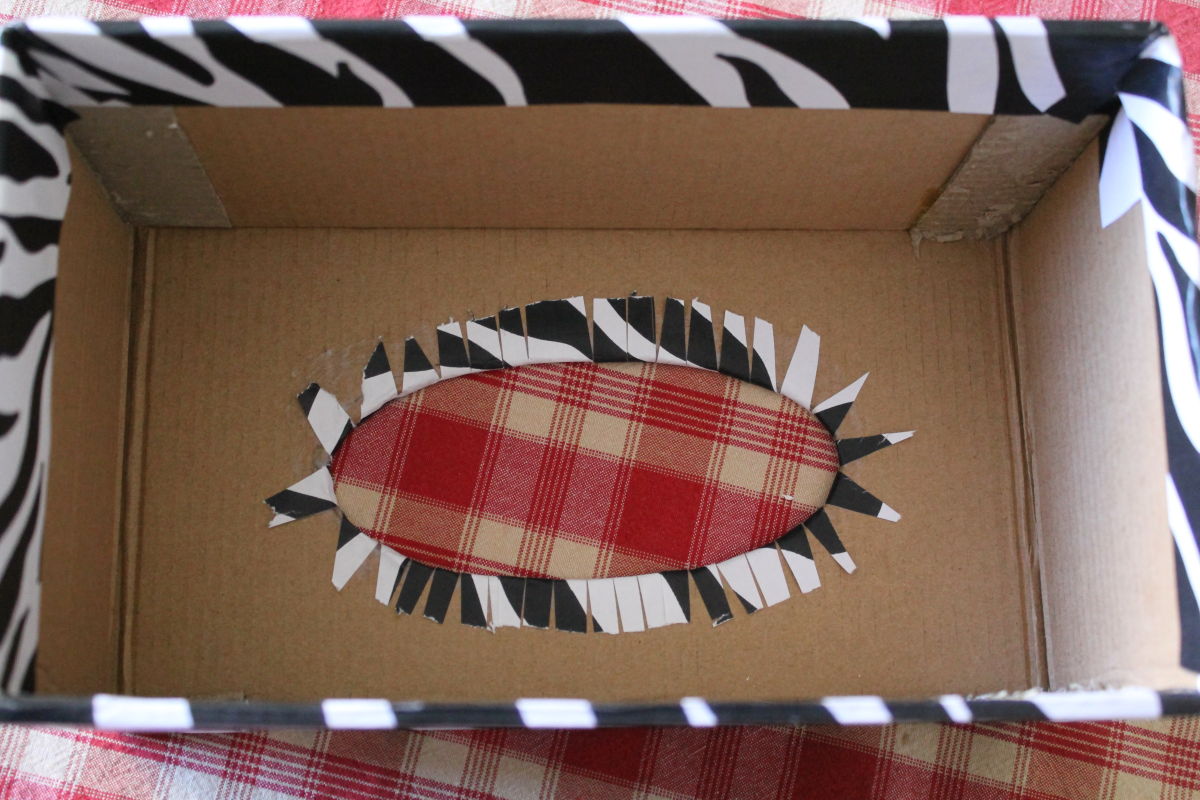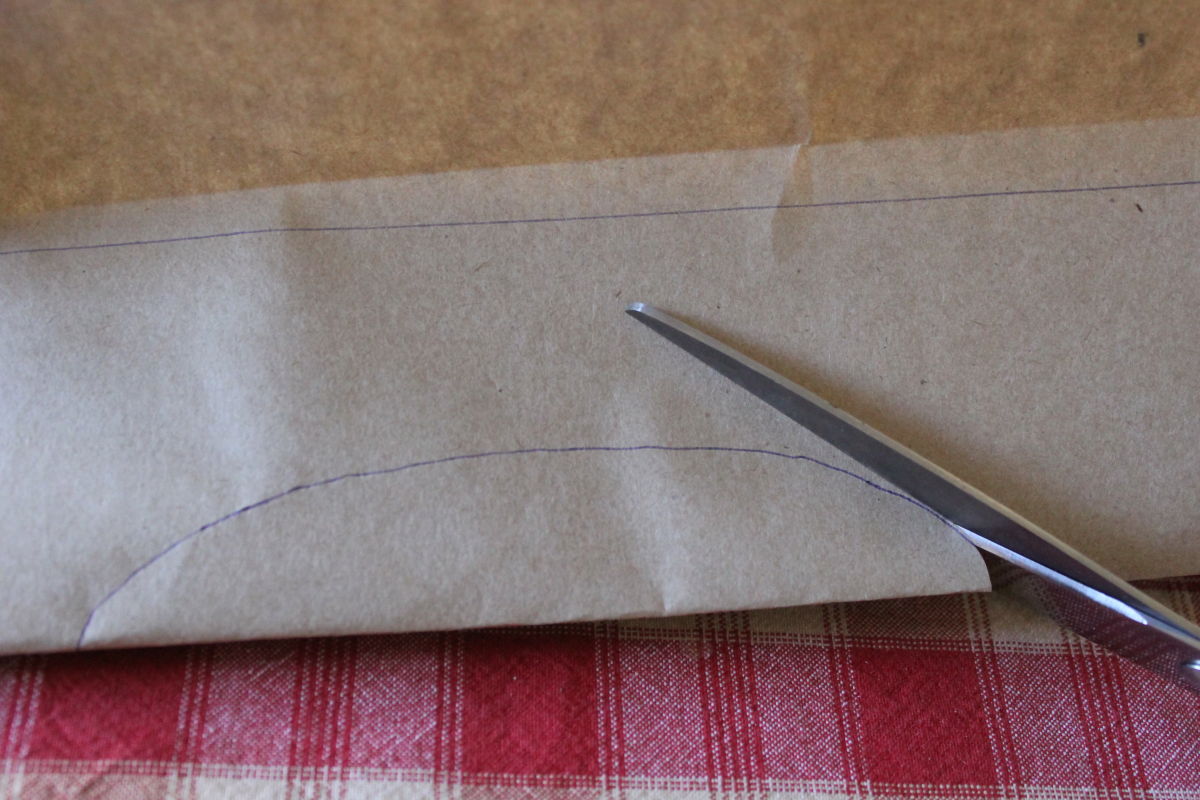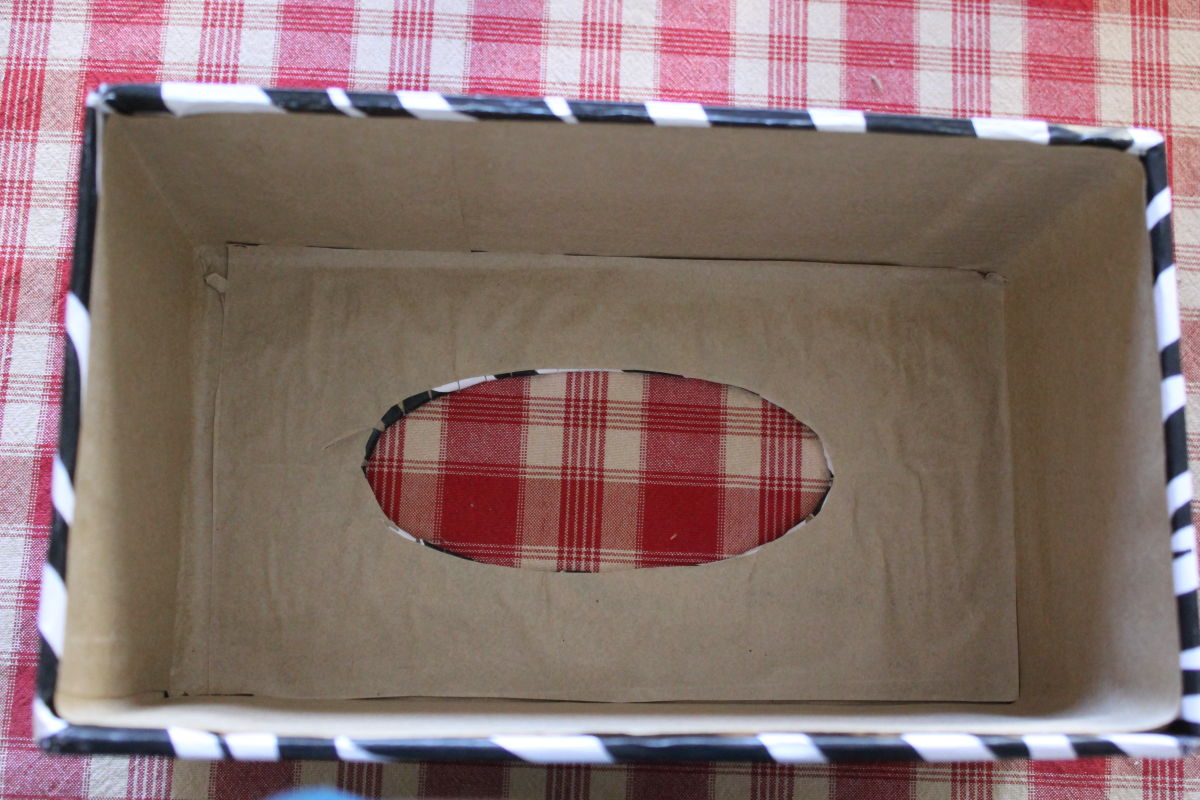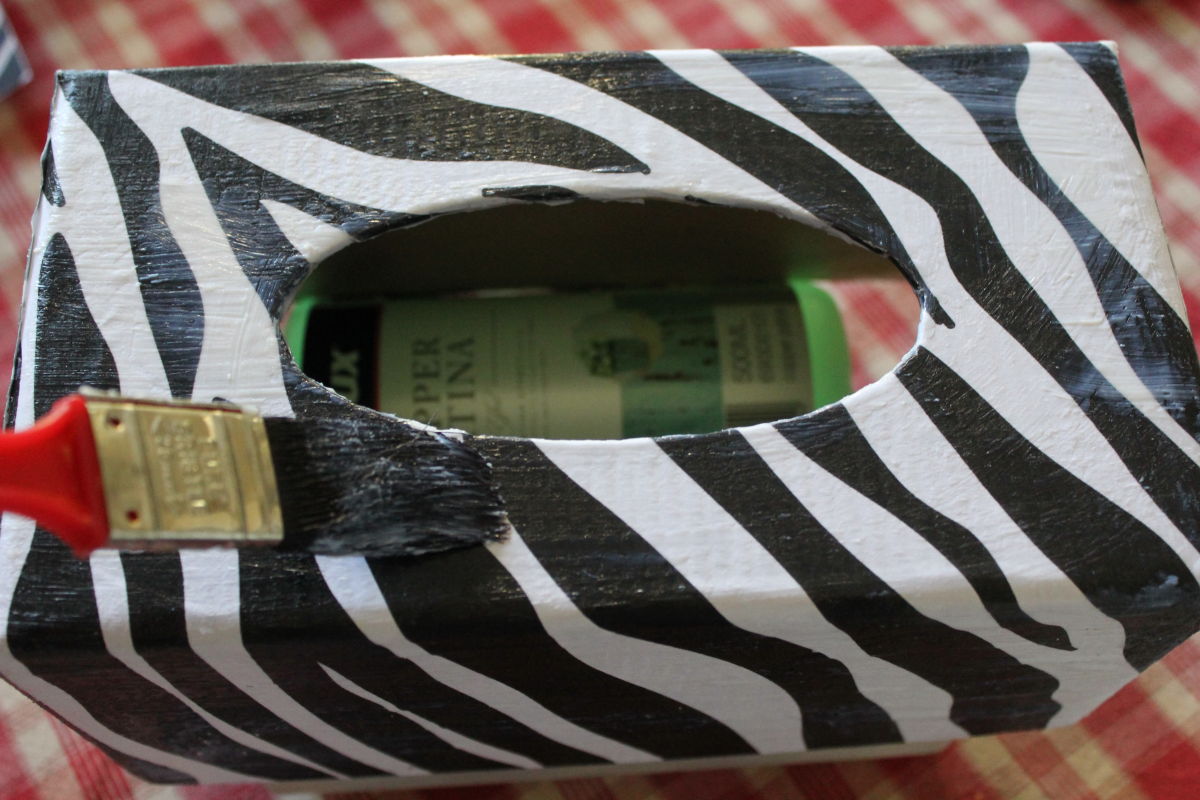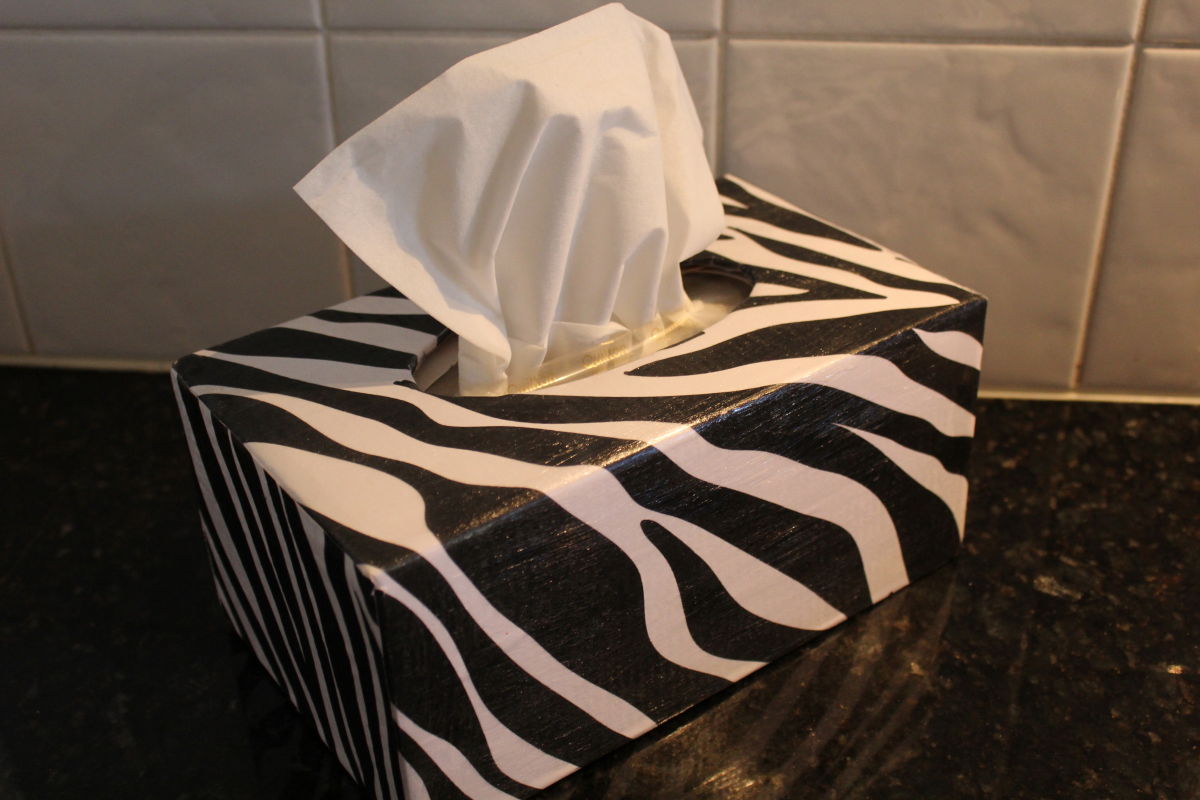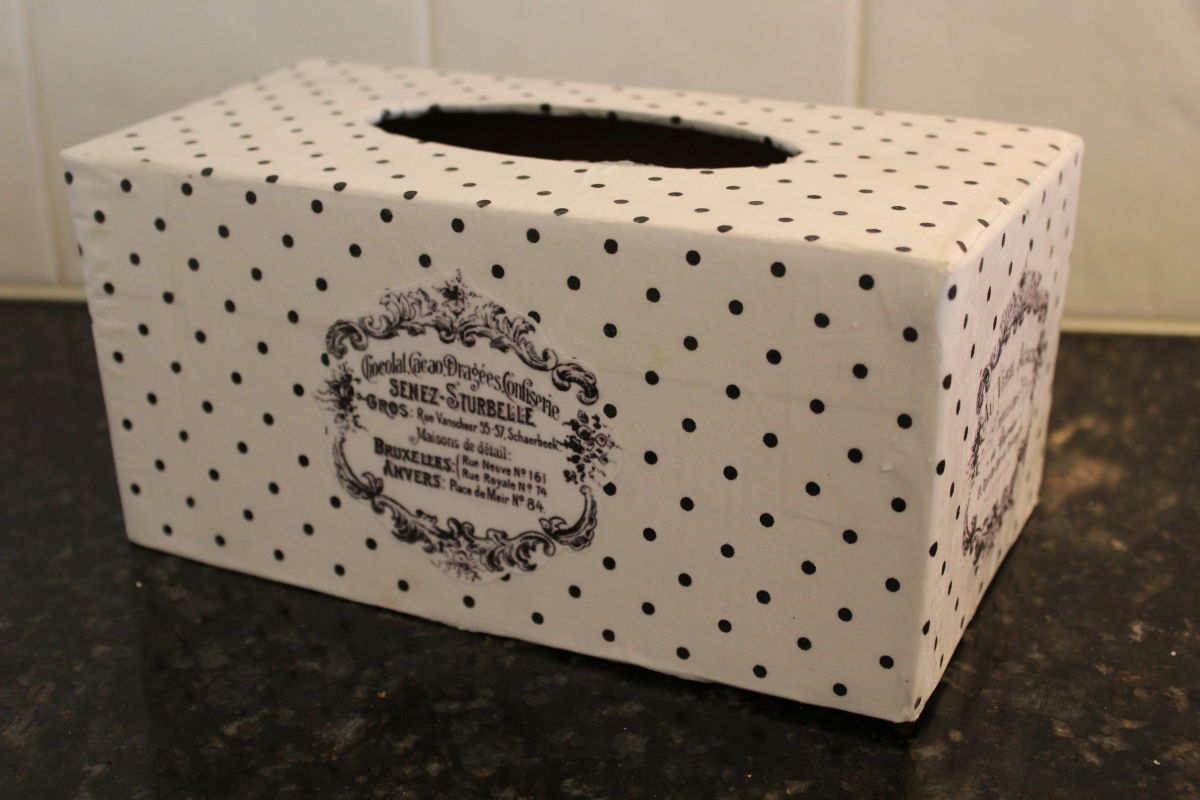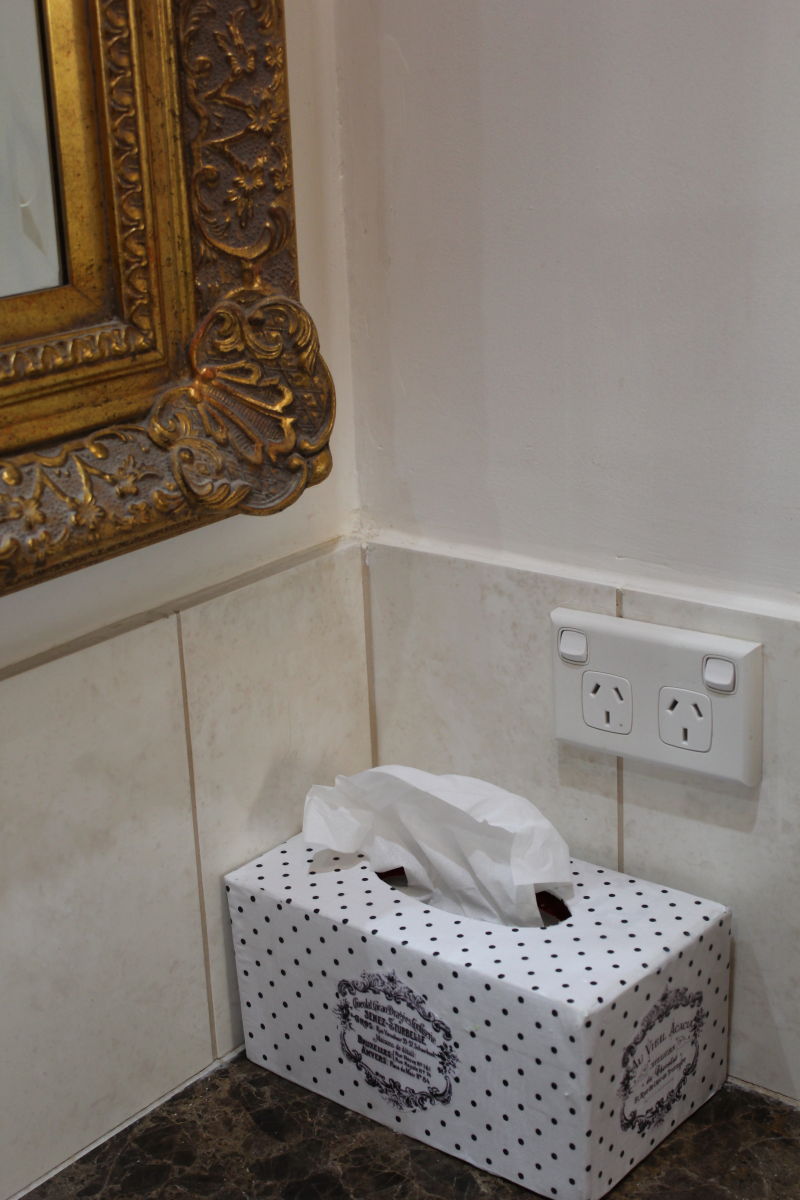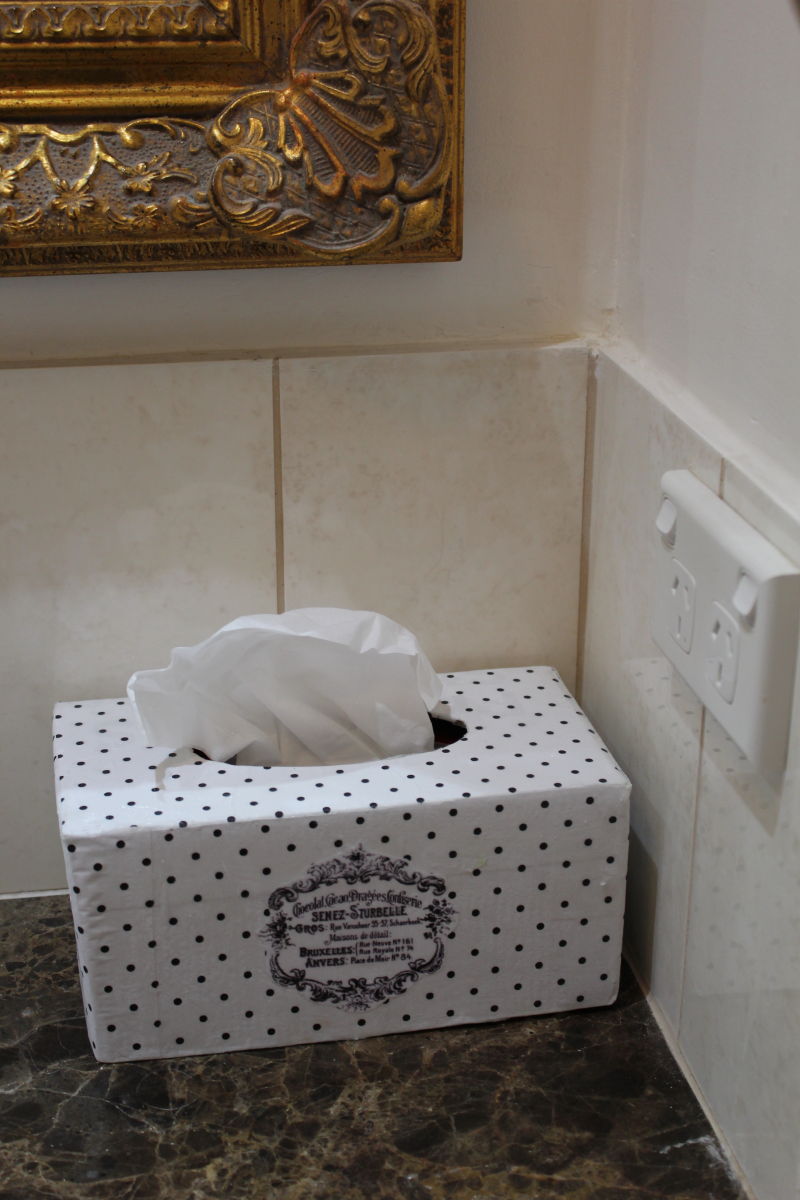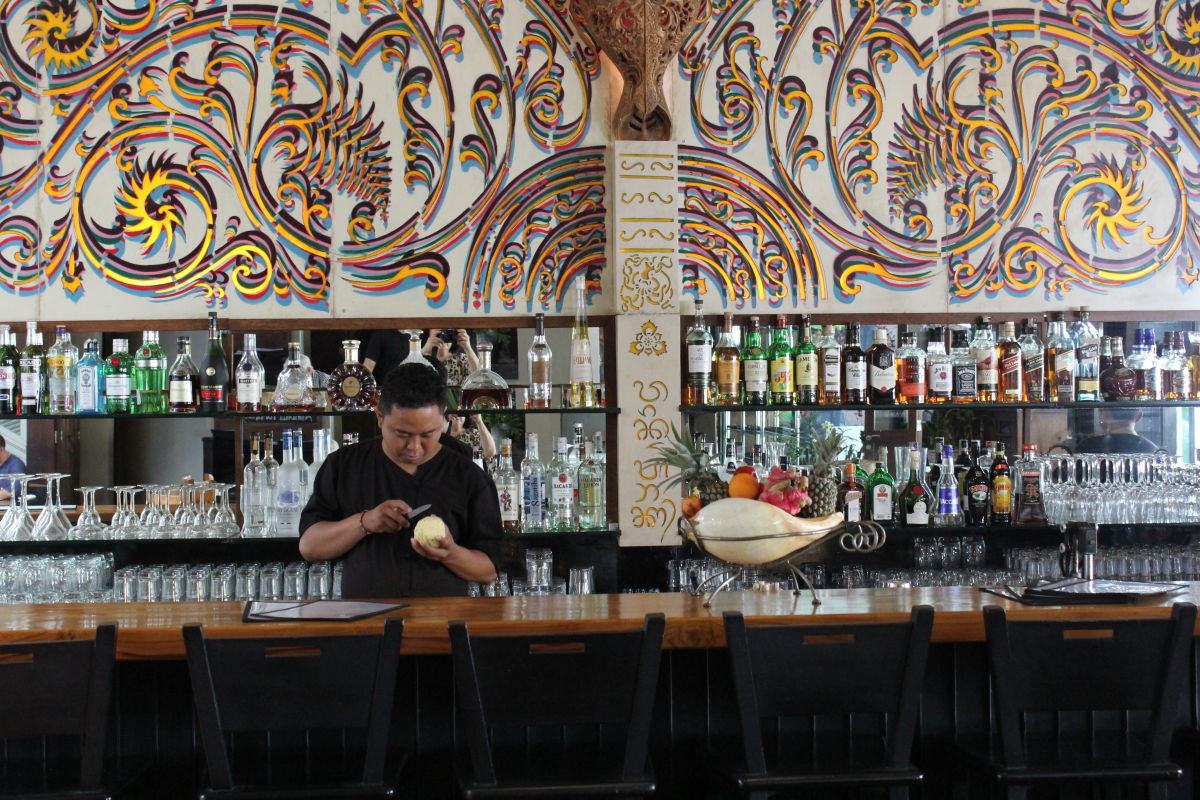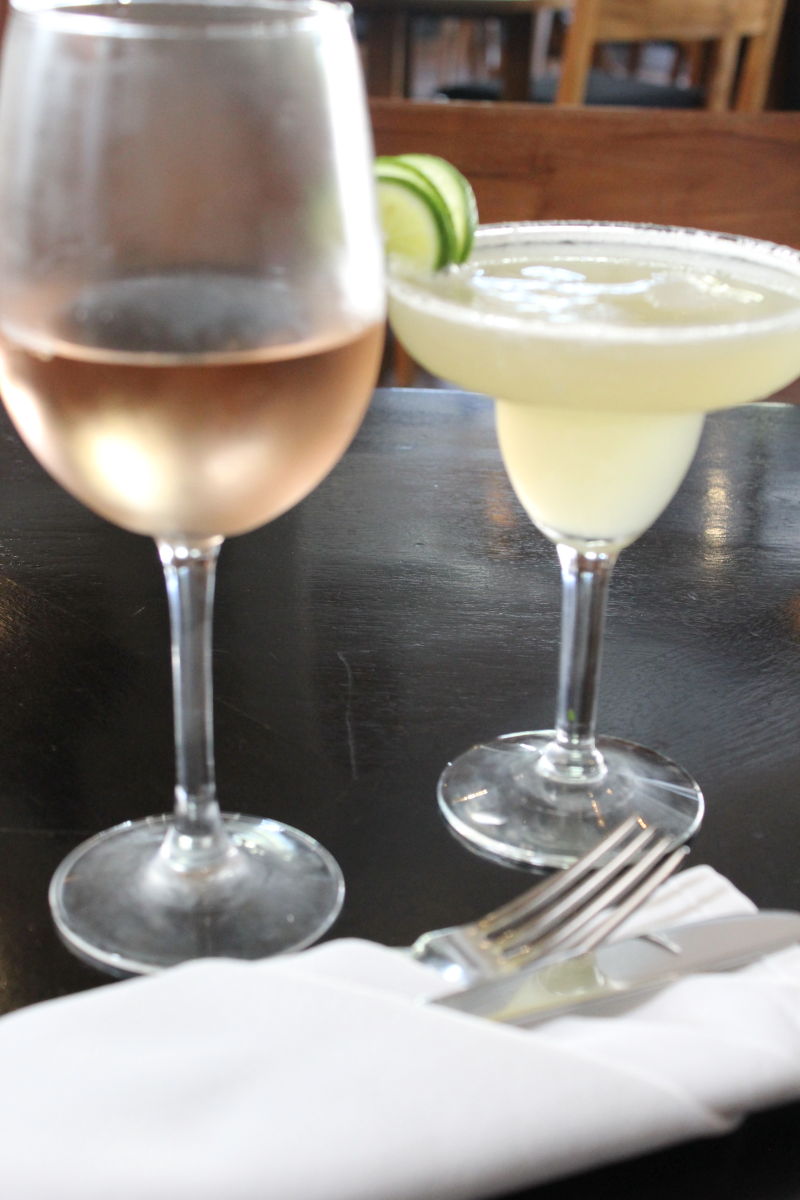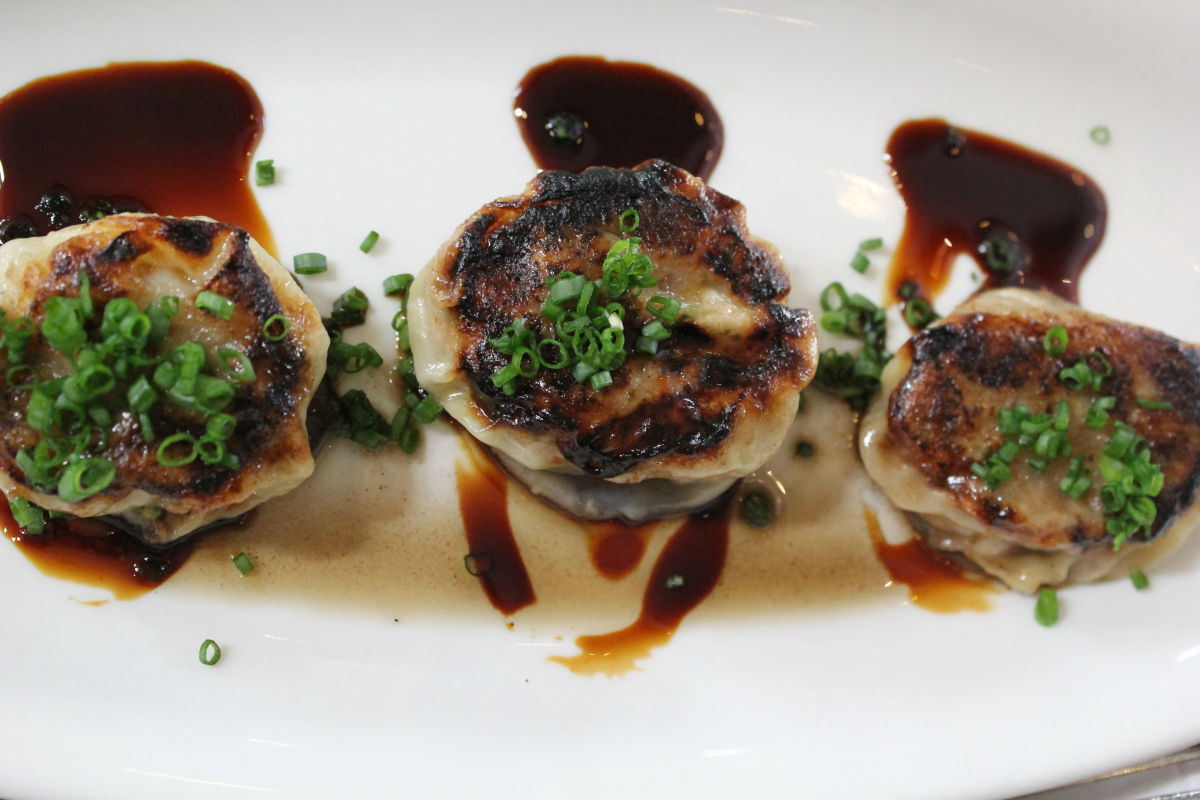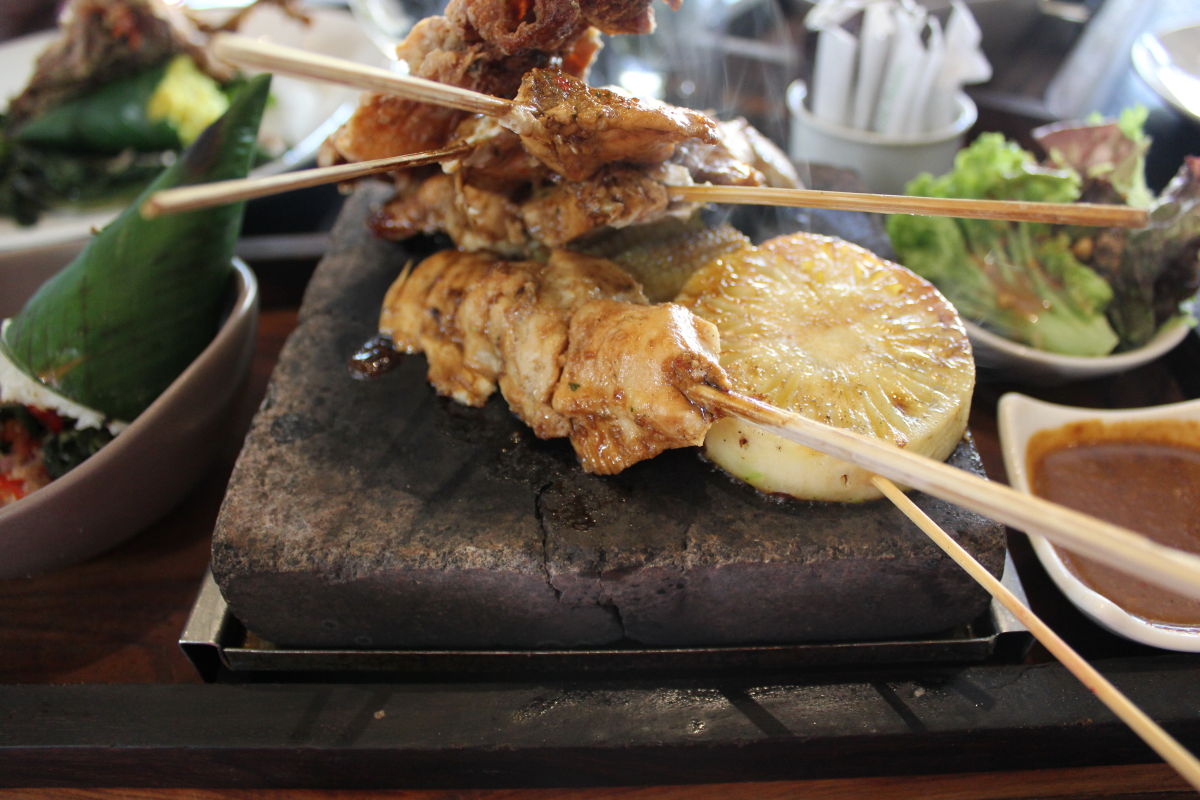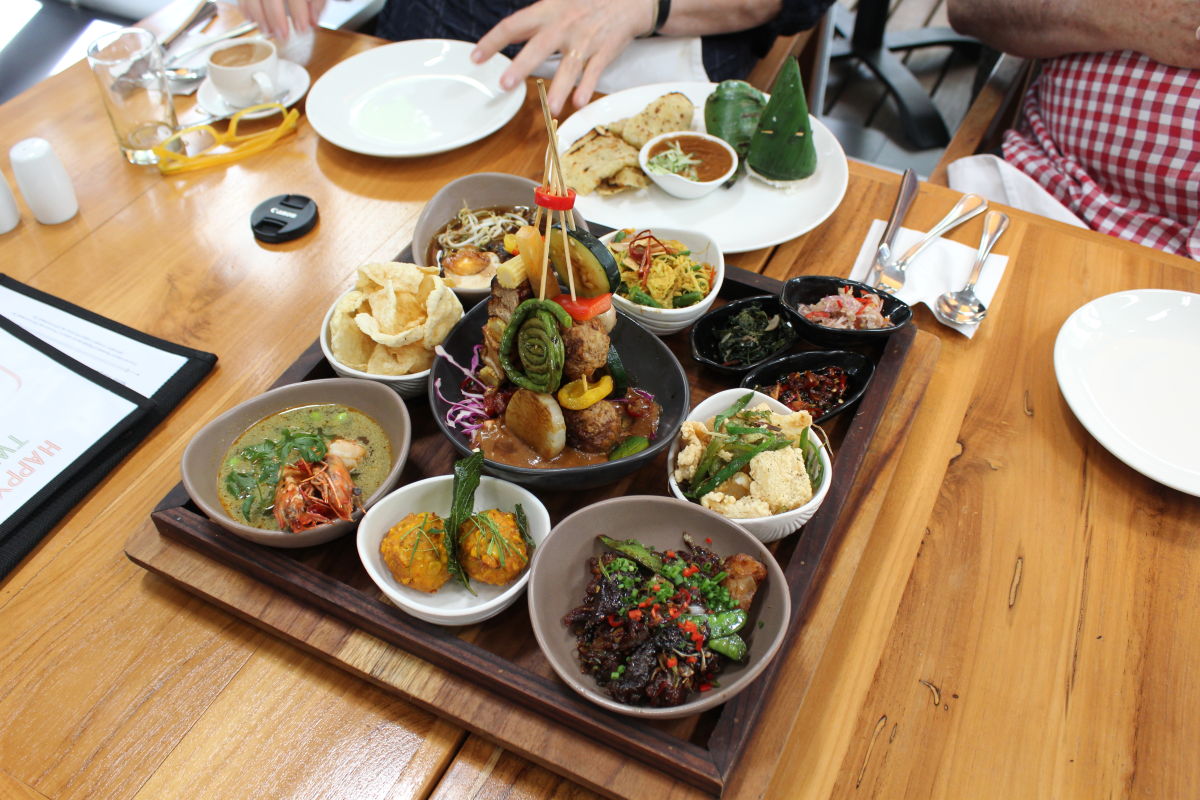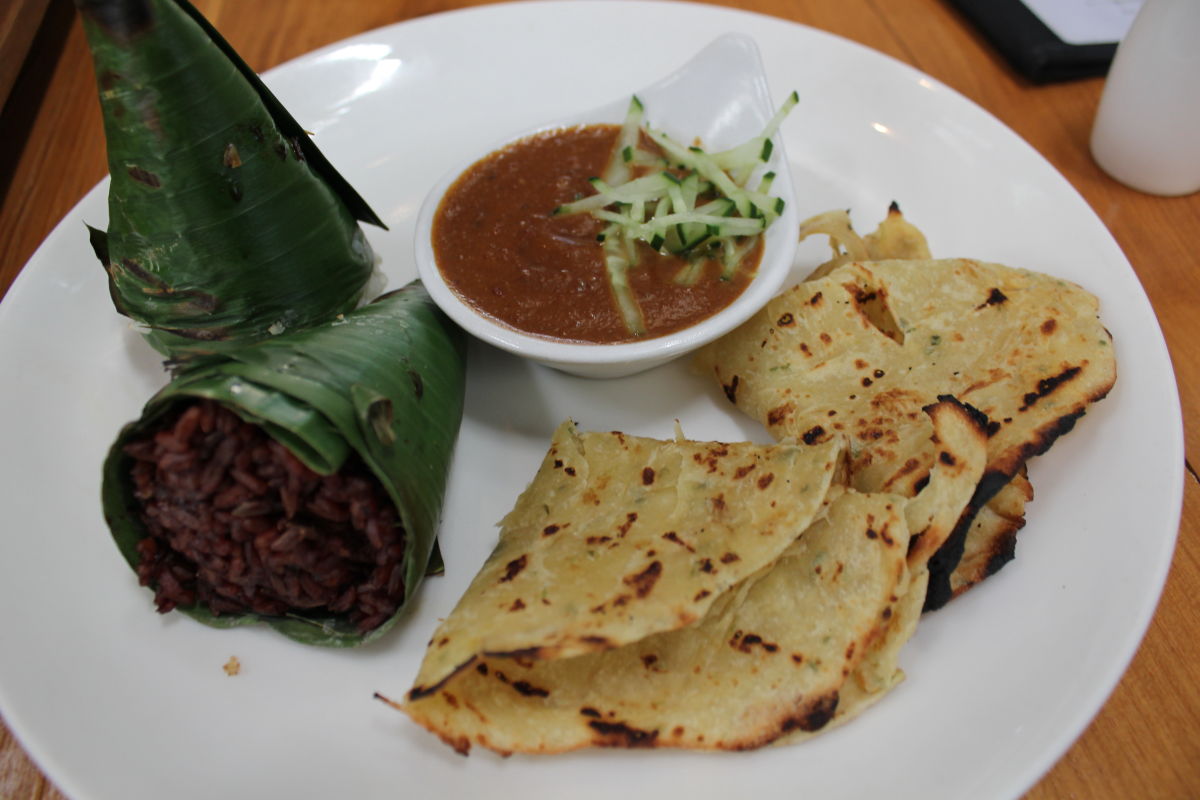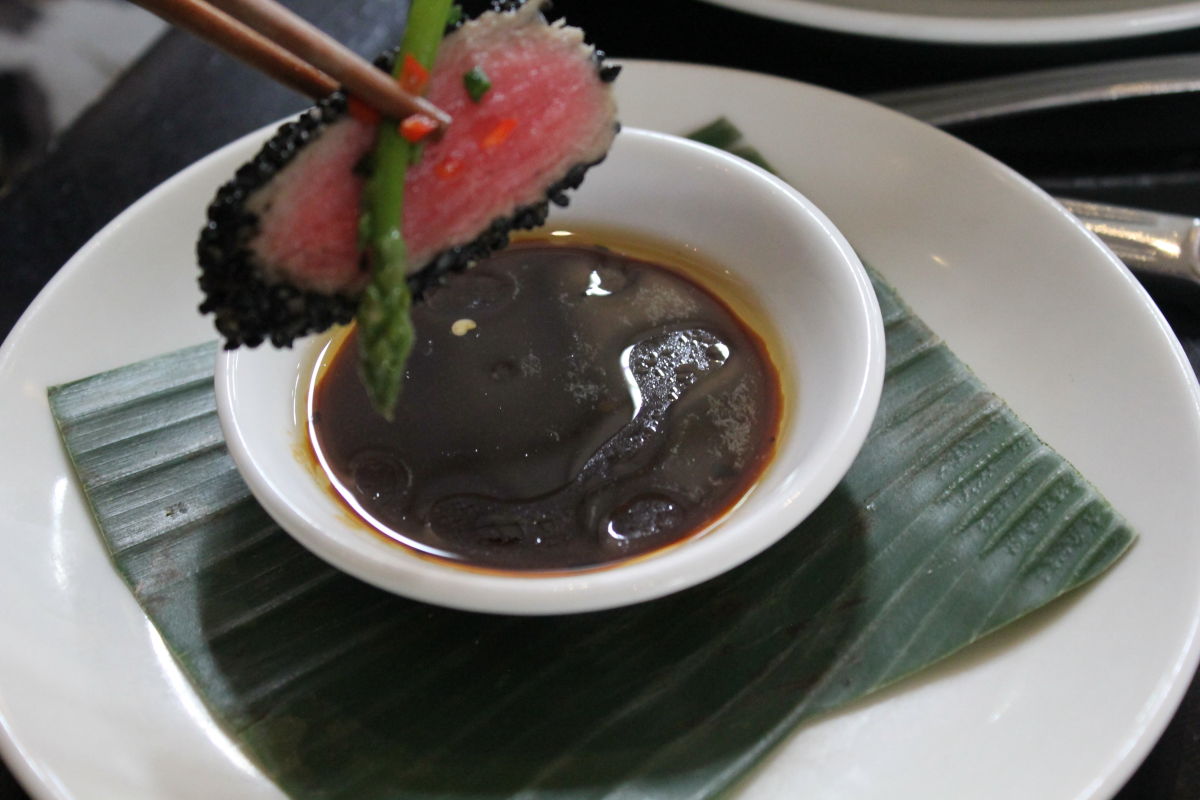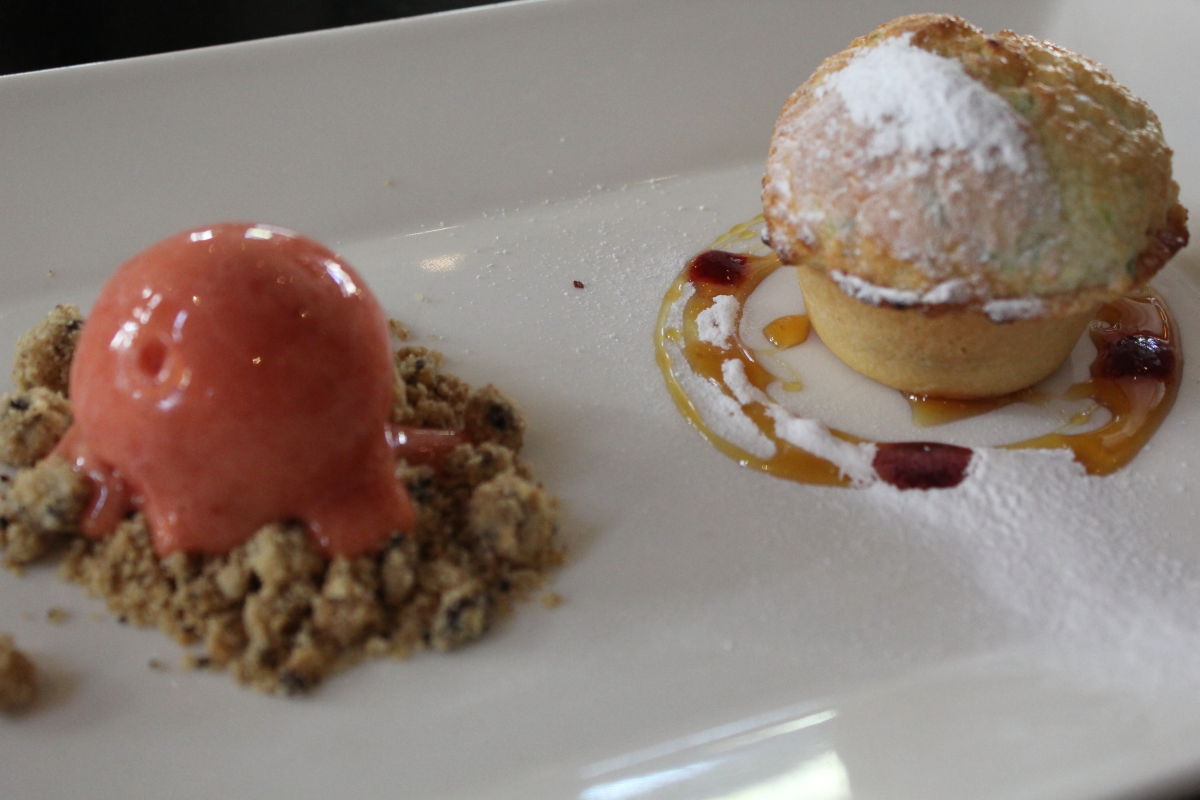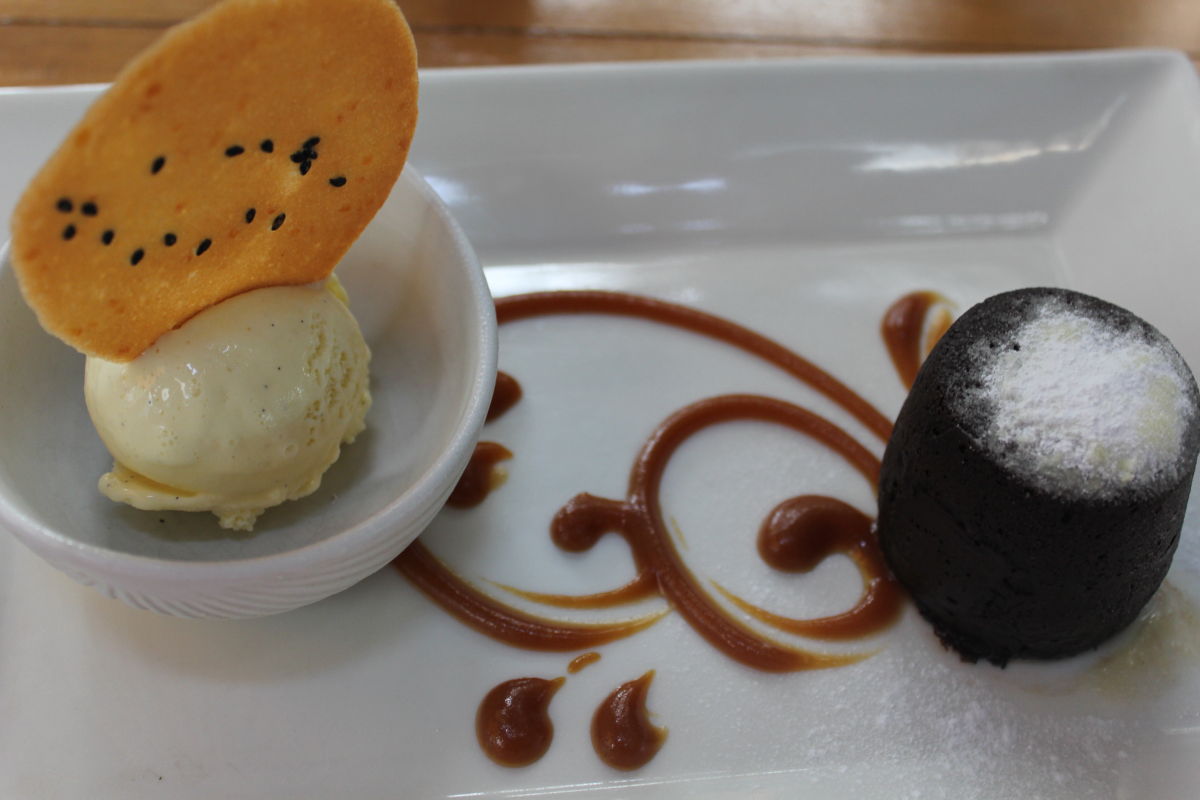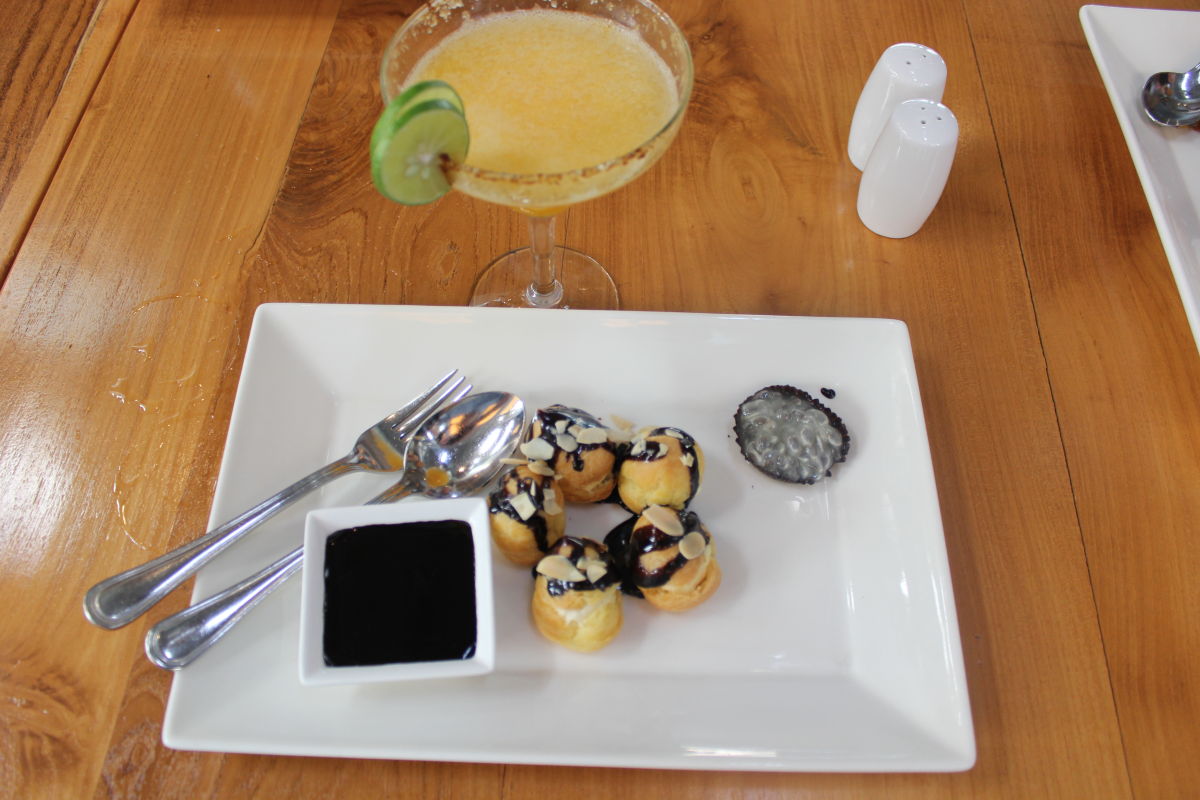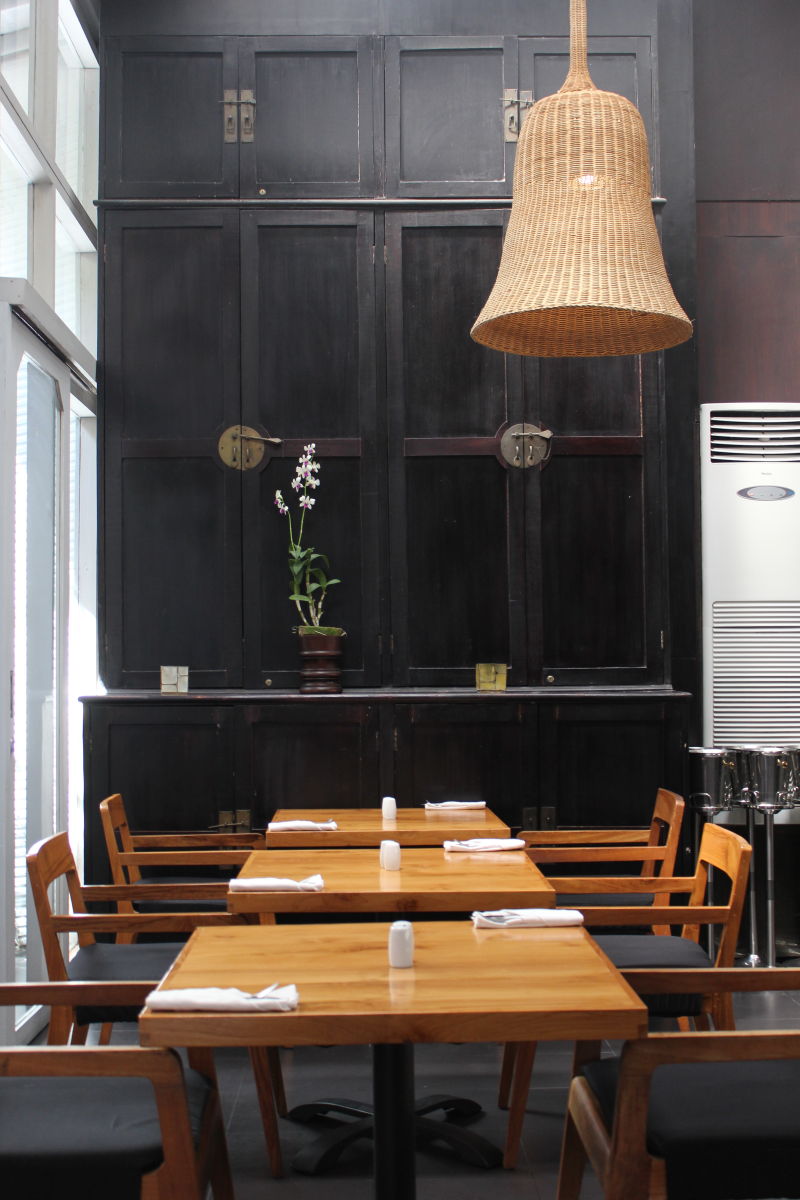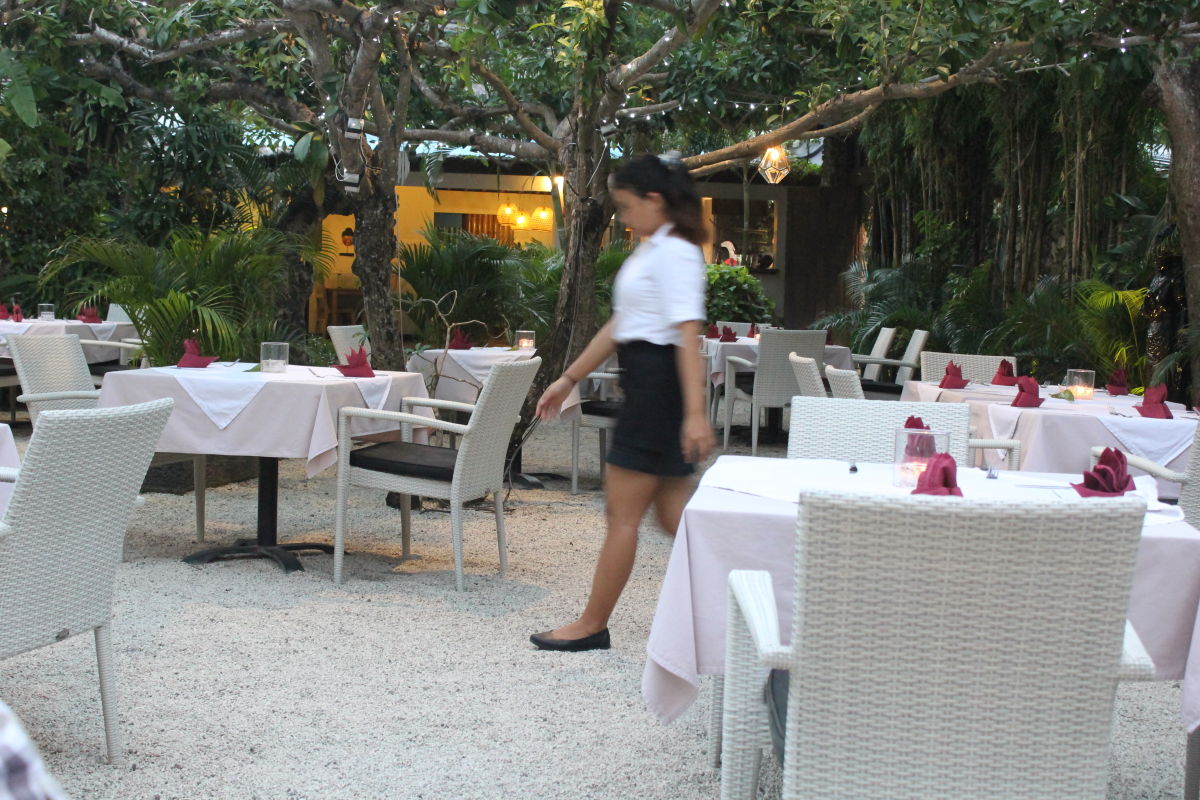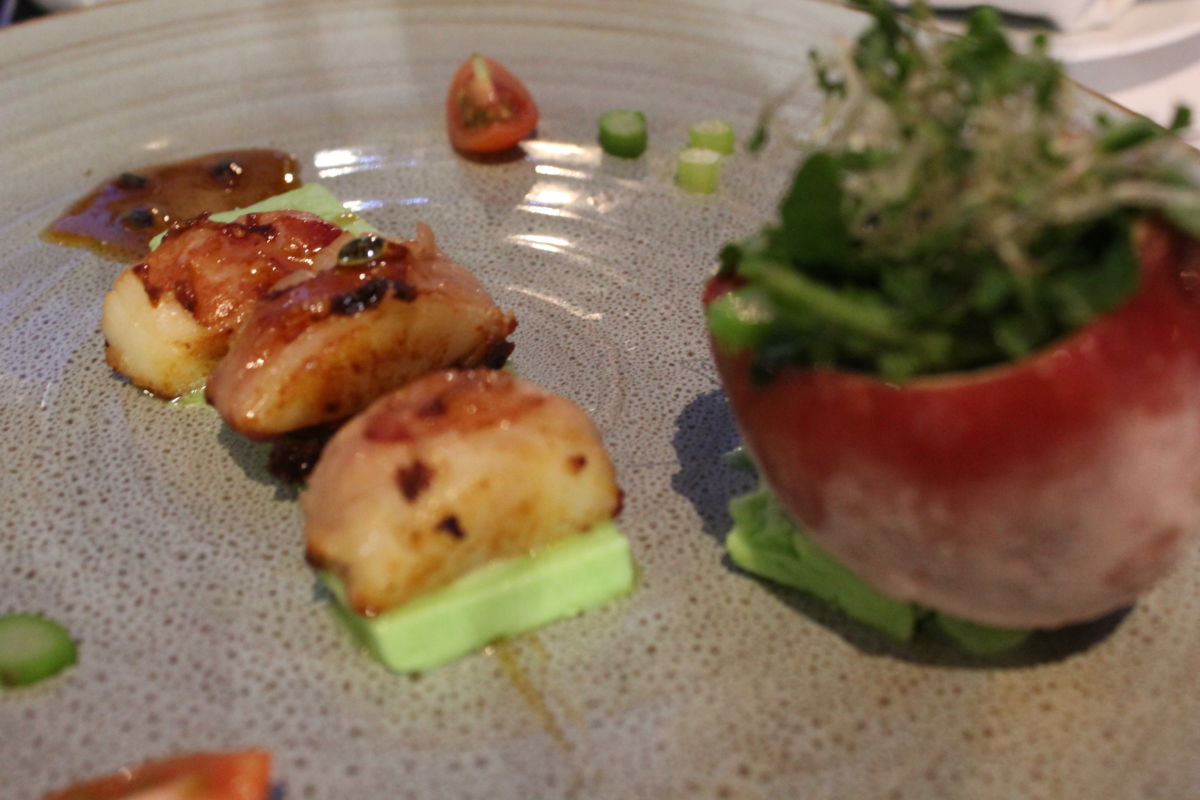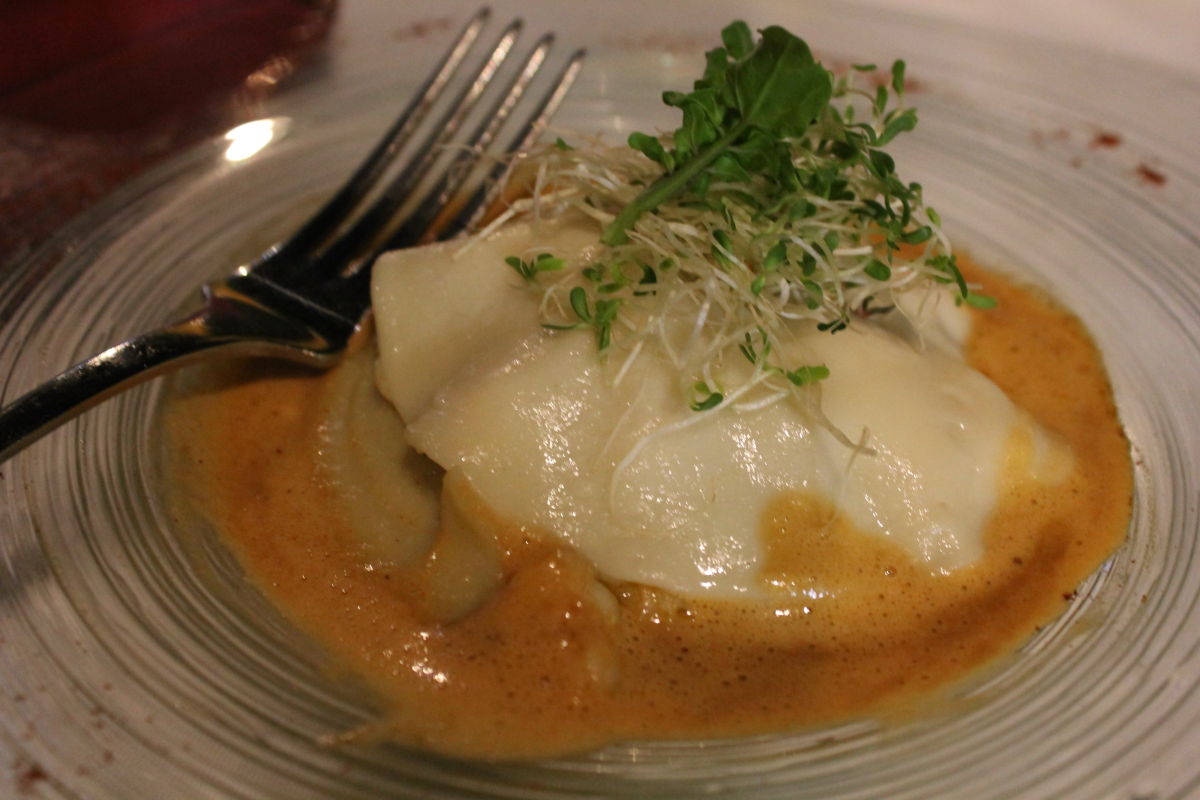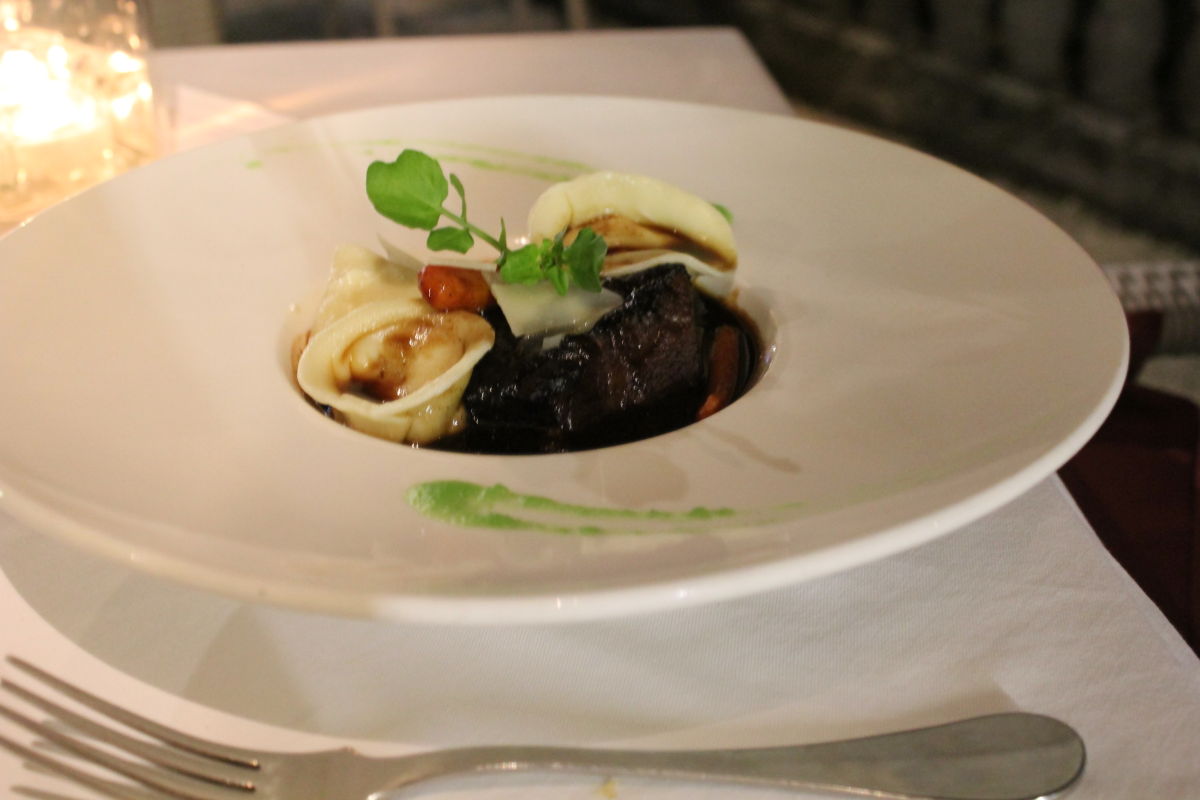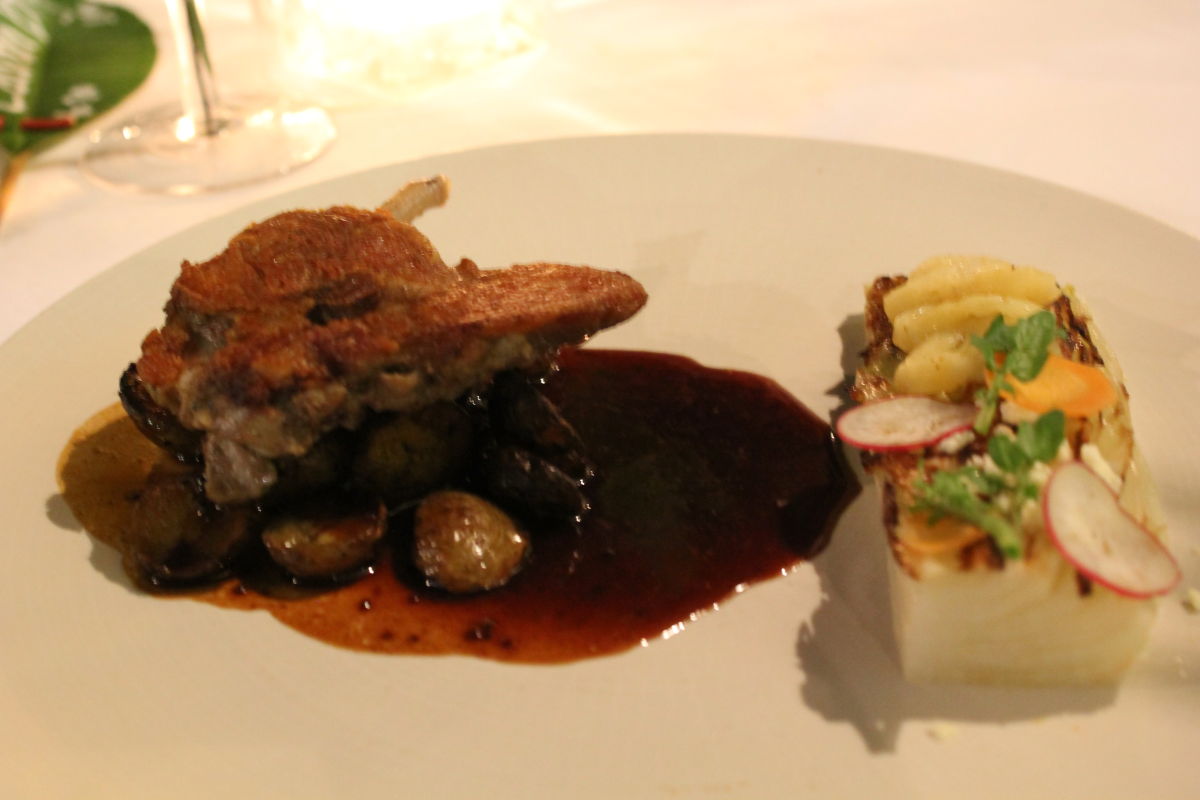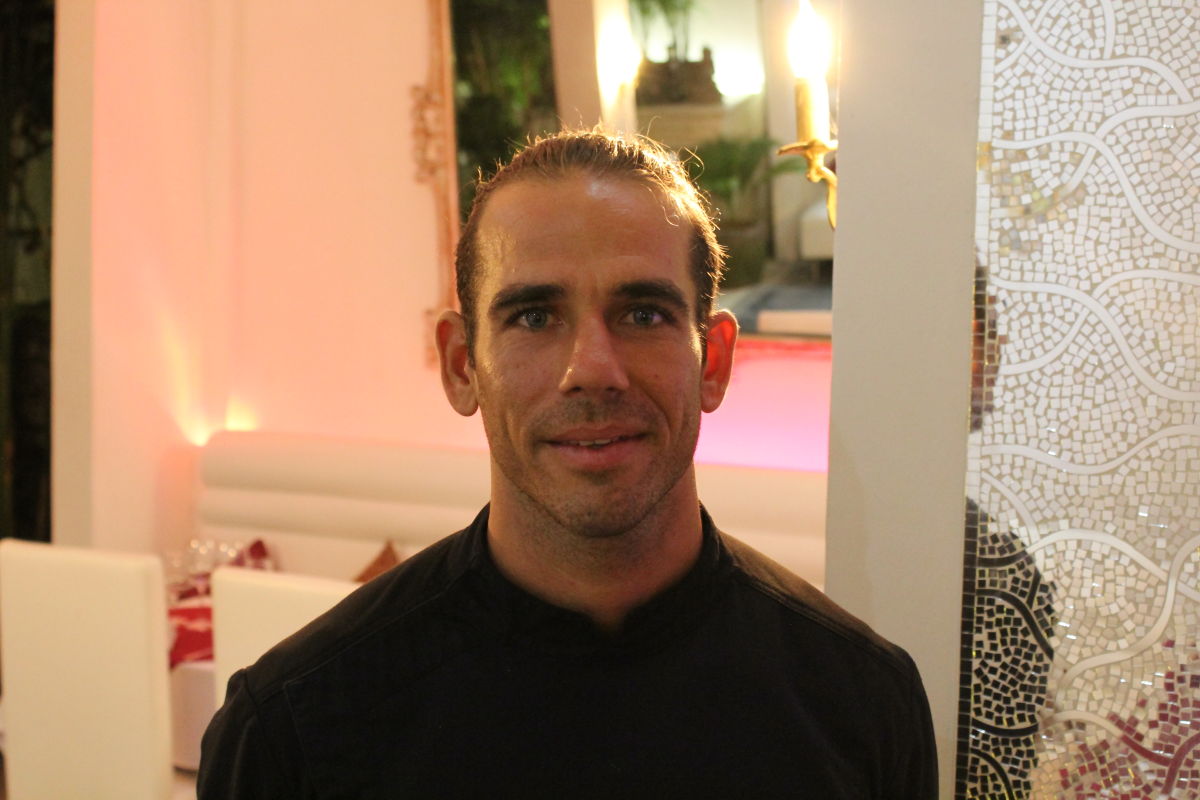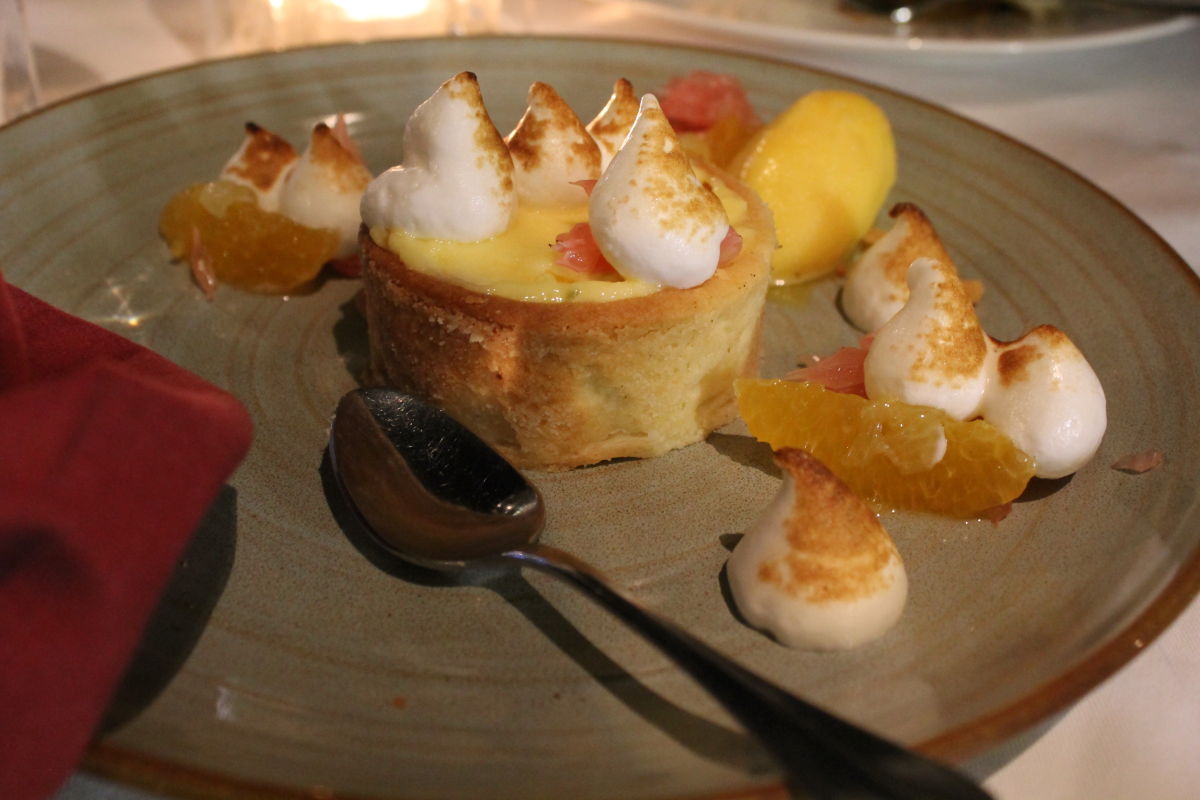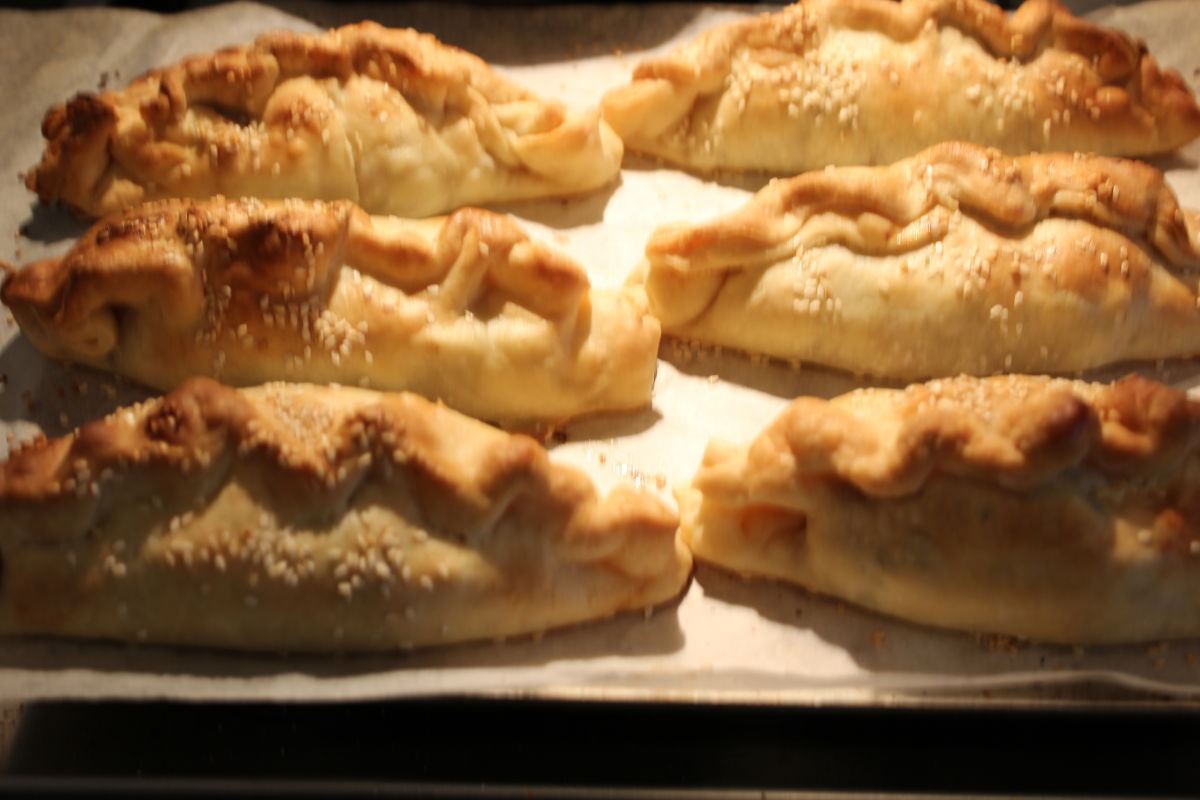


I started the process to make sourdough today but it’s a long business. This involves re-activating the “mother”, the starter, by feeding it some flour and water and leaving it until it froths and bubbles. While that was happening I began making pasties.
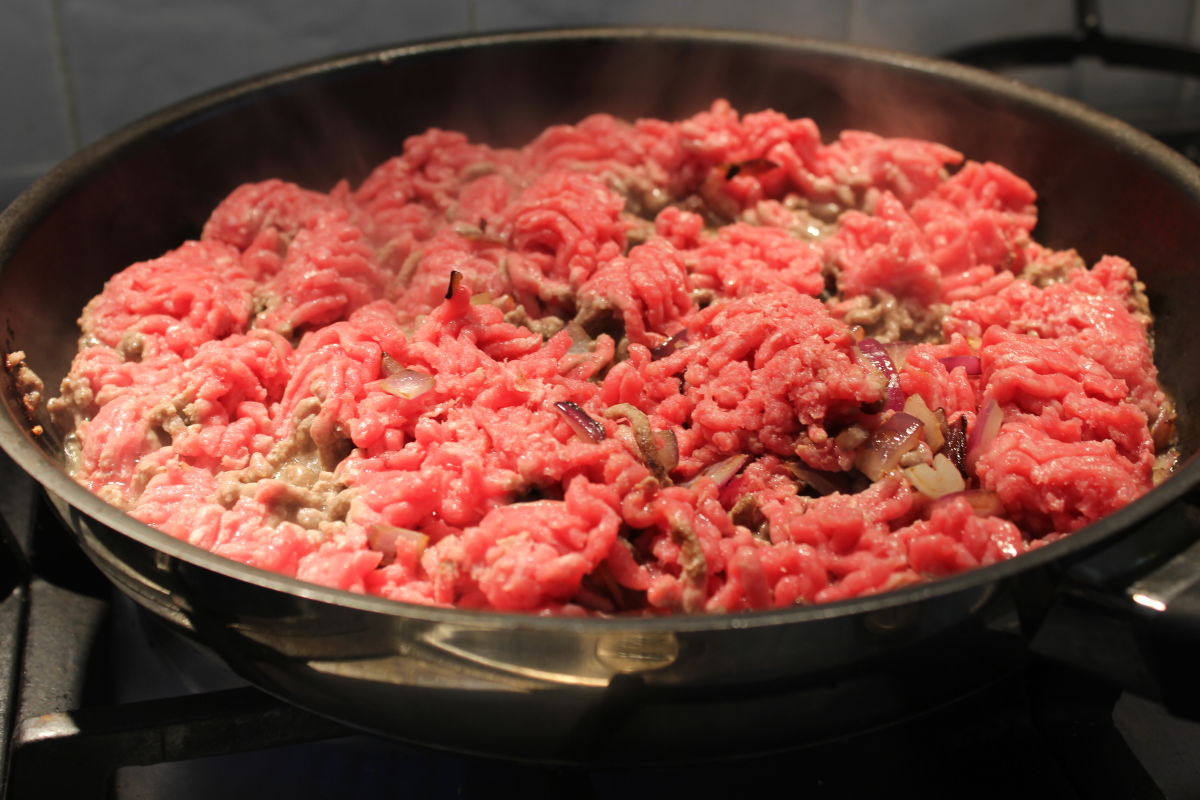

To make very easy pasties brown two medium onions then add one kilo (2lb) of grass fed lean mince and break it up and brown that, too. Add a one kilo (2lb) bag of diced frozen mixed vegetables, thawed and mix the meat and vegetables. When it’s all cooked add vegetable stock or water to just cover the meat and vegetables and let it cook until the vegetables are ready, then thicken it with plain flour and water and let it cook for 5 minutes. I add some salt and ground pepper and cook it for about 10 minutes longer before turning off the heat and leaving it to cool. Most of the liquid should be cooked off by now. I forgot to take a photo of this stage and also of cutting bread and butter plate sized circles from bought sheets of pastry, putting filling in the middle and folding the ends and then the top and pinching the top seam. Brush with milk wash and sprinkle with sesame seeds. Bake until golden brown. No photos, sorry!
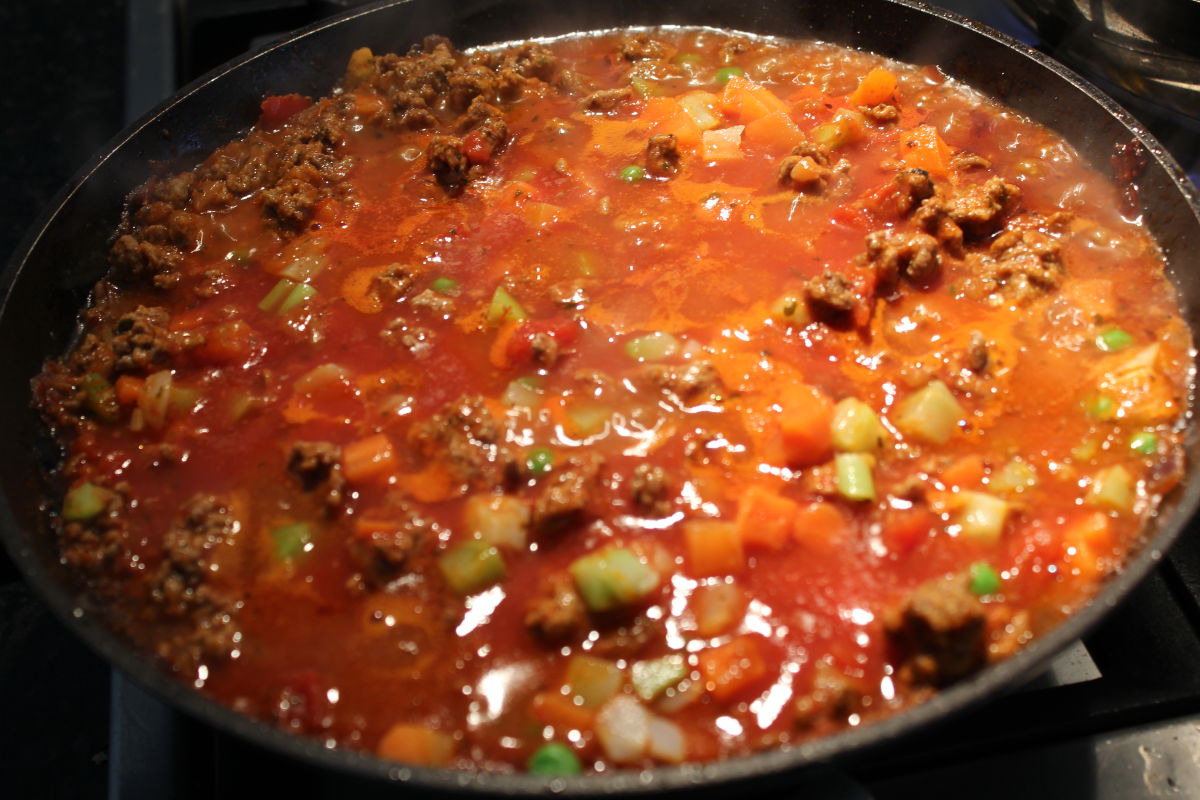

While the filling was cooking for the pasties I made a pasta sauce browning a chopped onion and then adding and browning 500gm (1 lb) grass fed lean mince, then some more diced vegetables, a chopped tomato, some dried basil and a 500ml jar of passata and let it cook for about 45 minutes on low heat. Left it to cool before freezing.
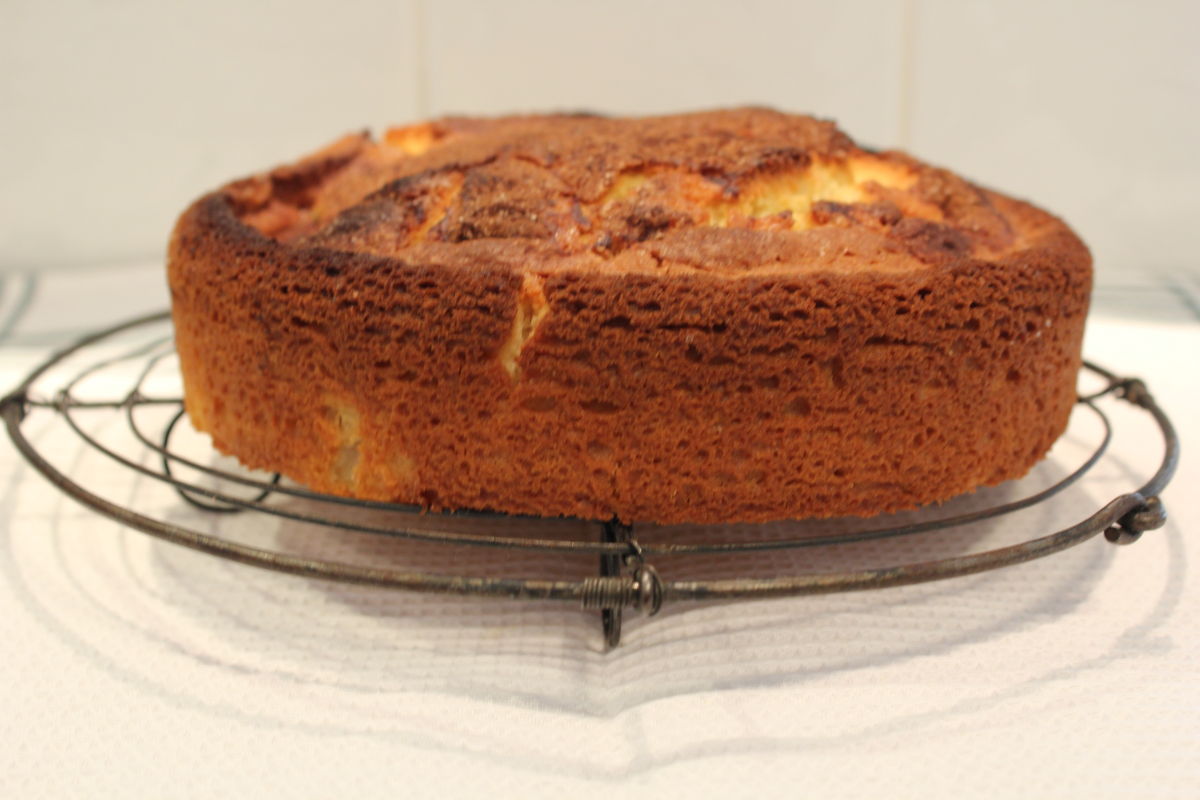

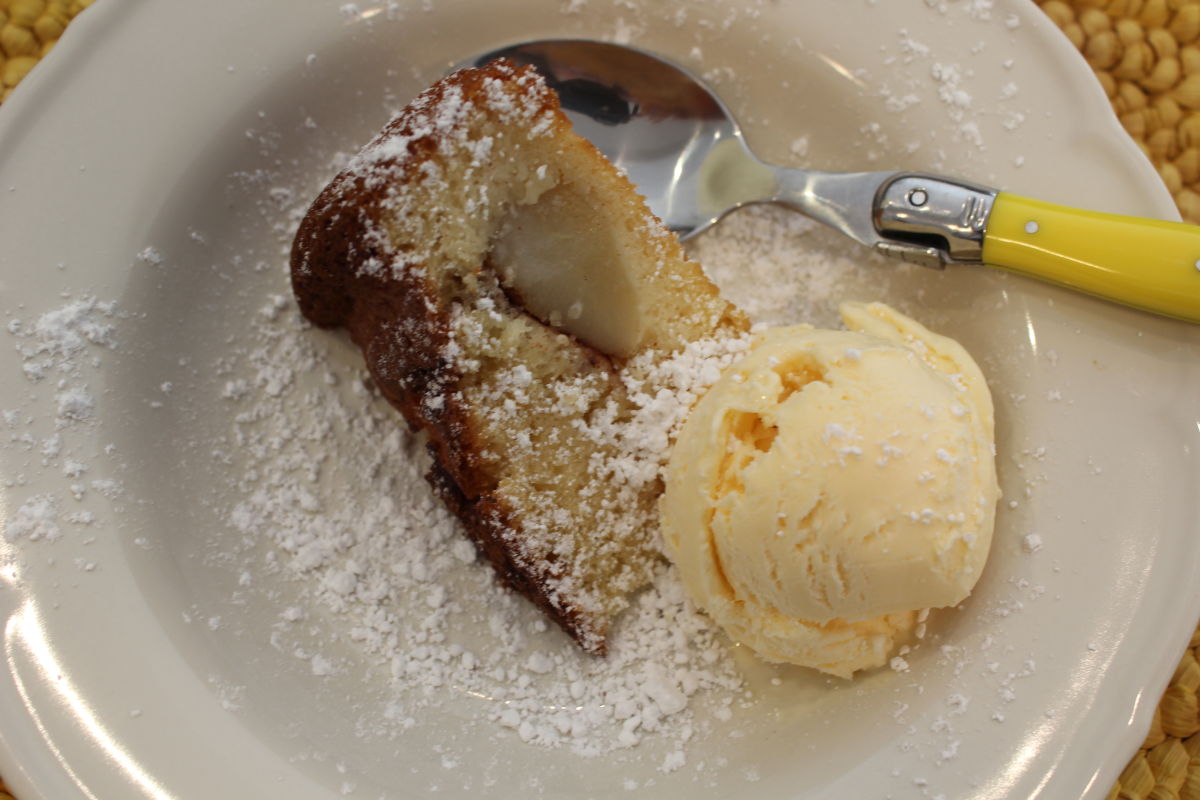

Meanwhile I prepared this cinnamon and pear teacake. The pears sank into the mixture but it still tasted wonderful served with icecream and sprinkled with icing sugar.
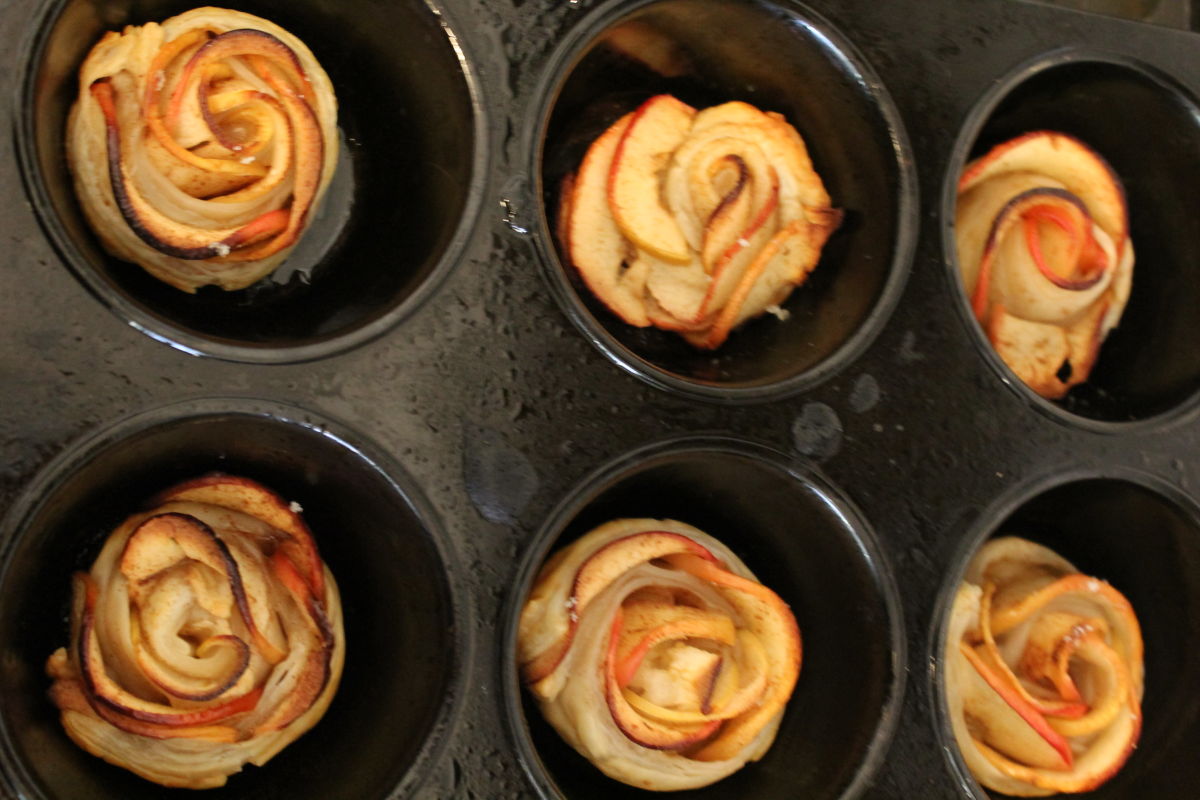

I also prepared and cooked these Apple Rose Cakes and they look funny but they taste very good! These are my first attempt and I slowly got the hang of placing the apple and rolling the pastry.
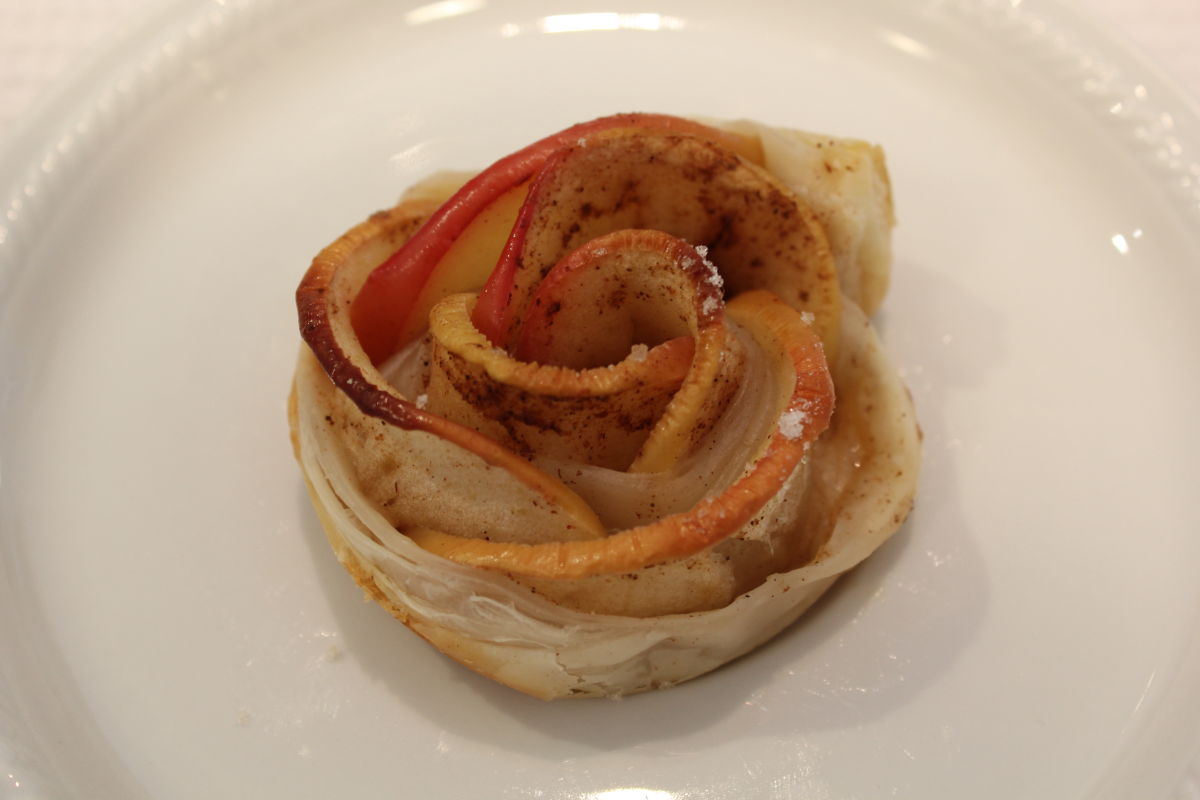

I’ll make these again as they were very popular.



These pasties smelt wonderful cooking and we’re really looking forward to eating them.
By now the “mother” was ready and I began the sourdough. It is still doubling in size and I will cook it in the morning.
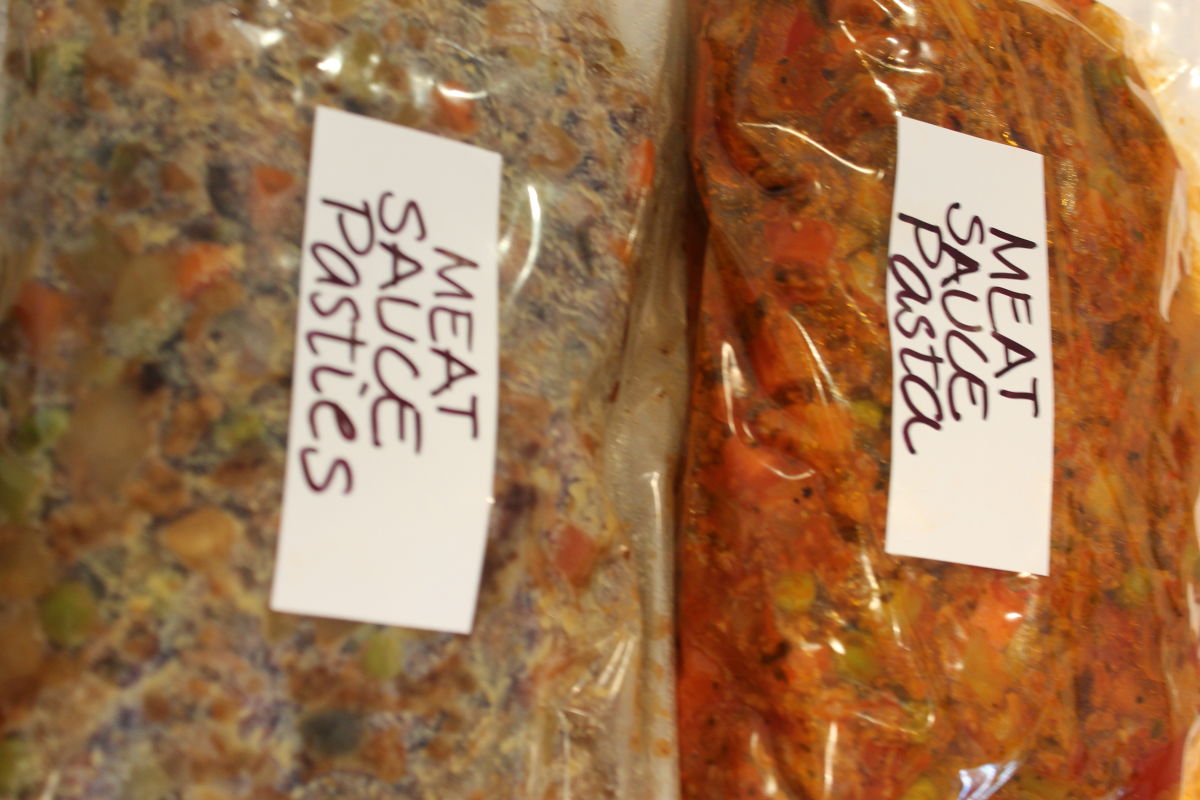

Freezing the surplus pastie filling as I ran out of pastry and froze the pasta sauce to use later. The freezer is almost full so I transferred the filling and sauce into ziplock bags so I can stack them.
The dough had more than doubled in size by morning so I shaped it and put it to cook in a Dutch Oven. The surface looks funny because it expanded so much during the night it stuck to the cling wrap.
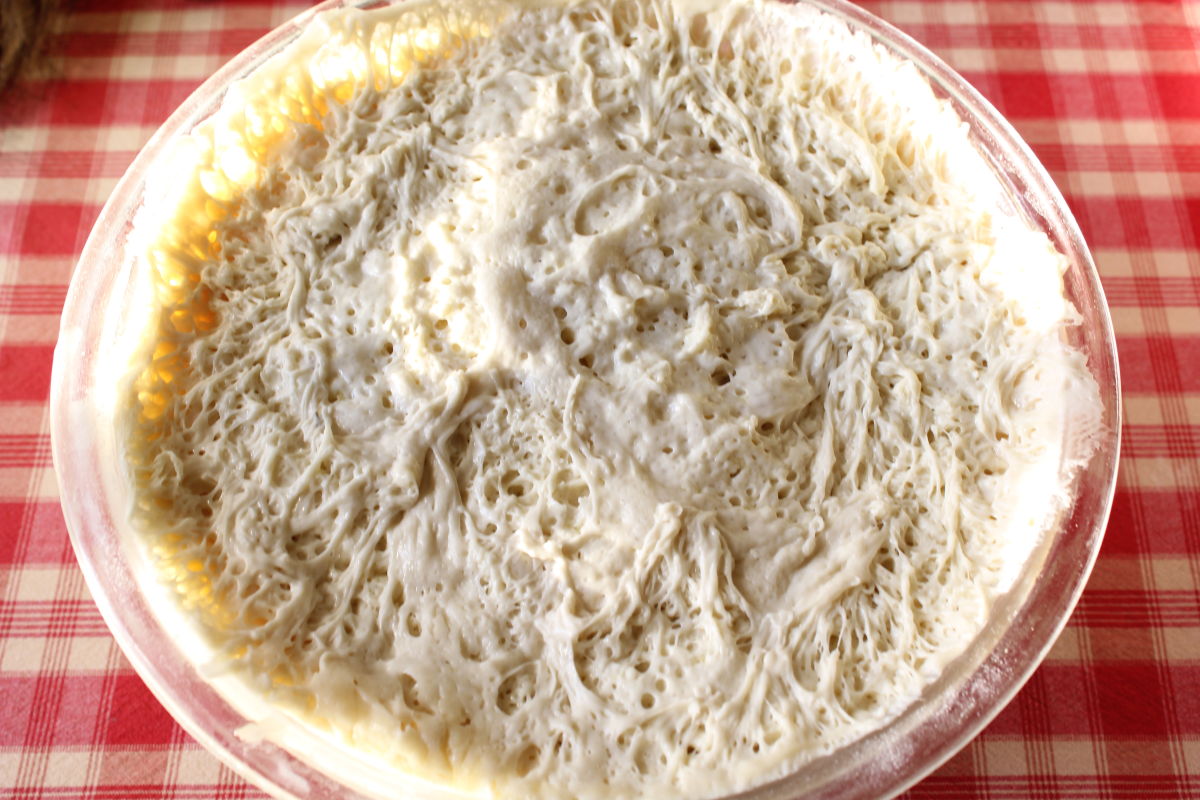

The dough has rested again and it’s time to put it in the oven to cook.
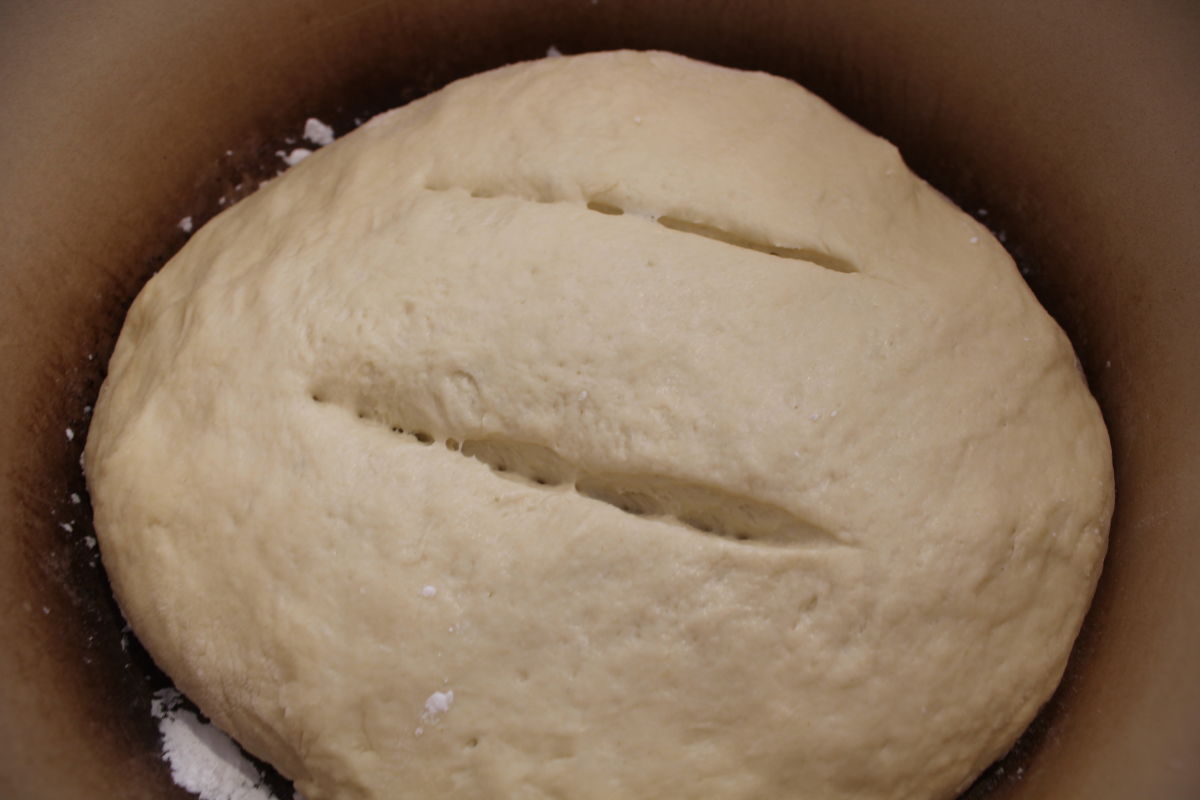

Slashed and ready to bake.
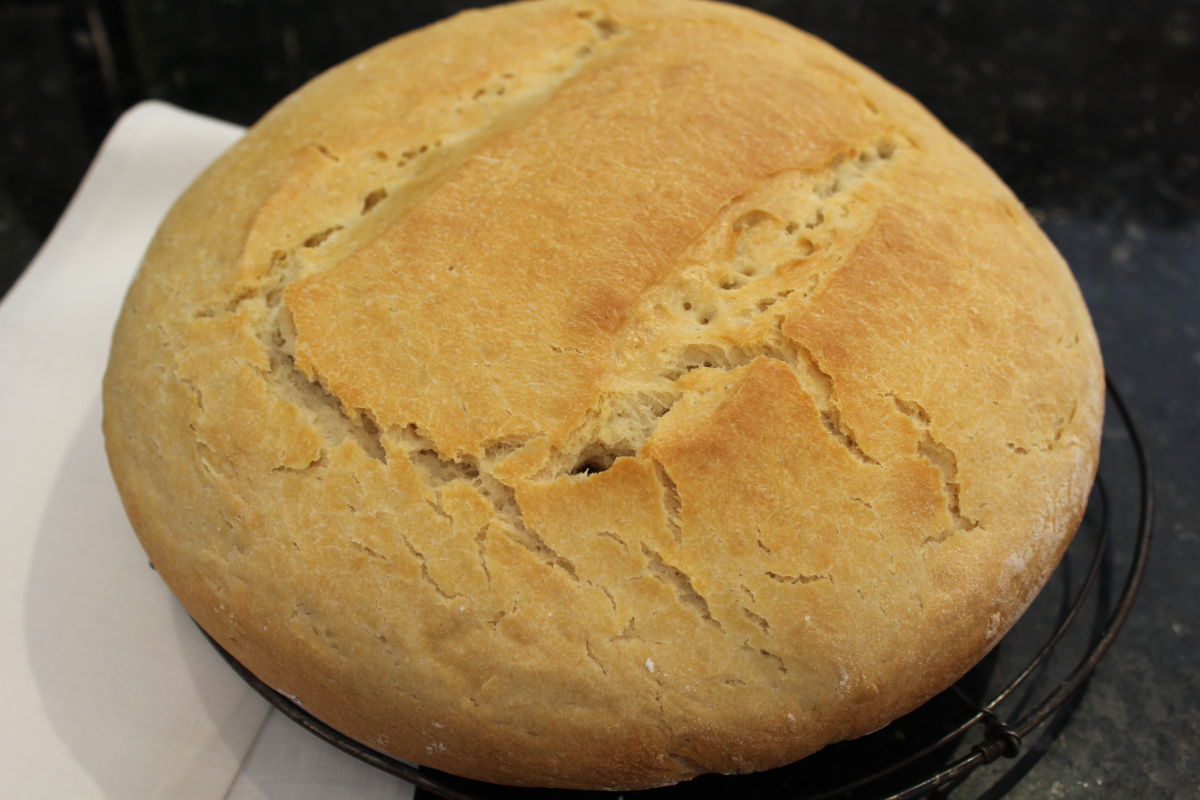

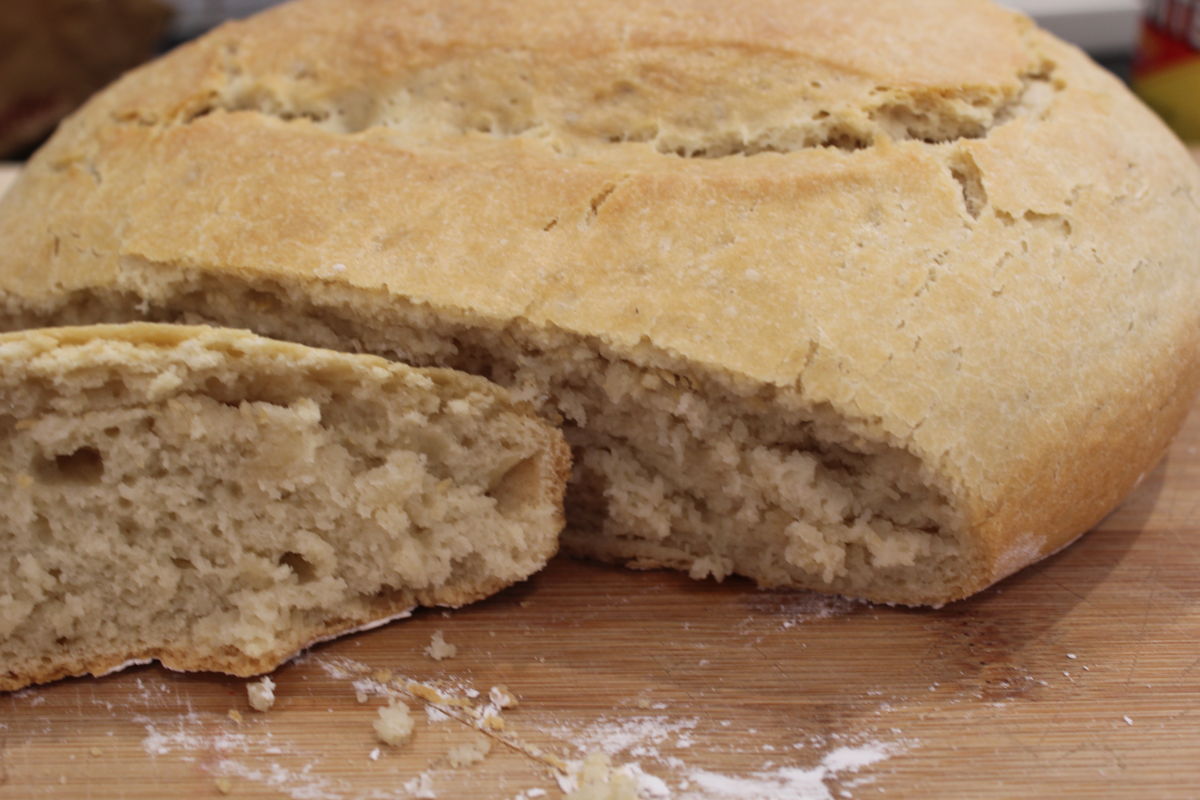

Beautiful sourdough, always worth the effort.
Today is Camera Day. Instead of putting film in your camera, taking your photos, taking them in to be developed and then possibly discarding some of the processed photographs which you don’t like, now you can aim and click, then review and discard or keep. Do you print your photos or just share on social media?

